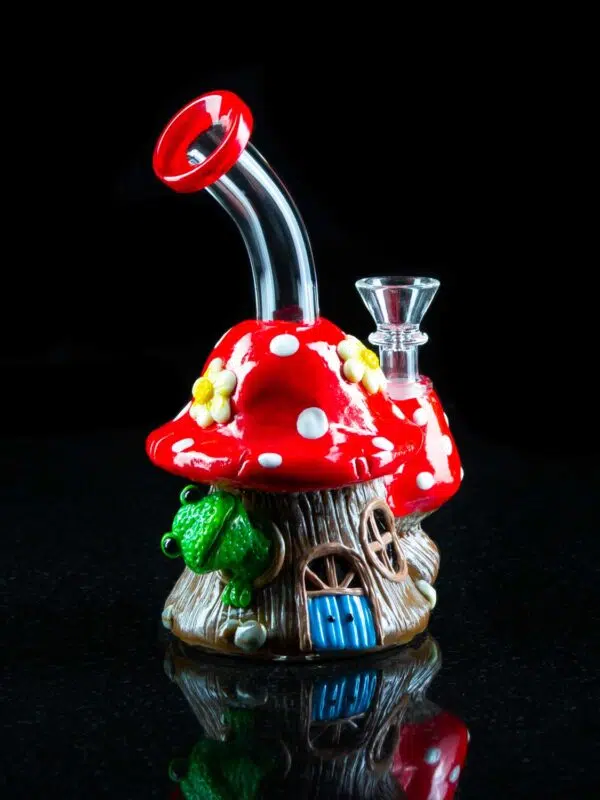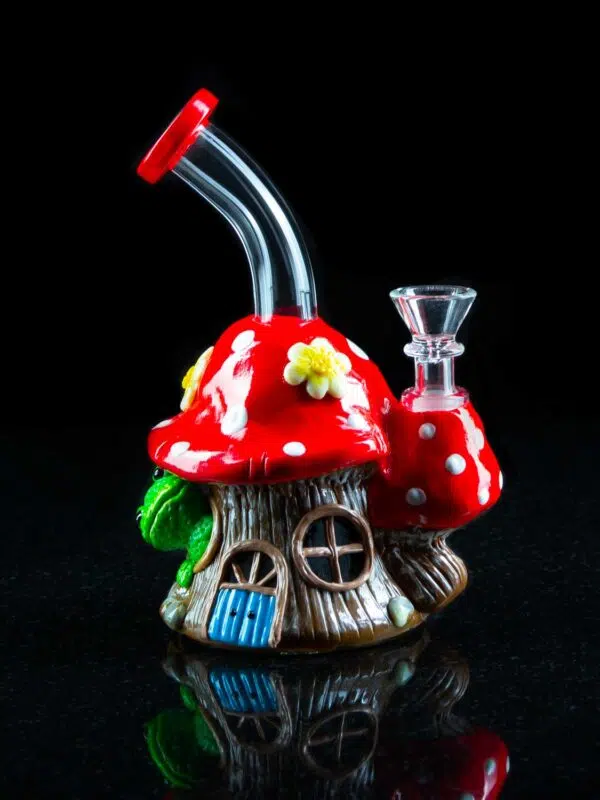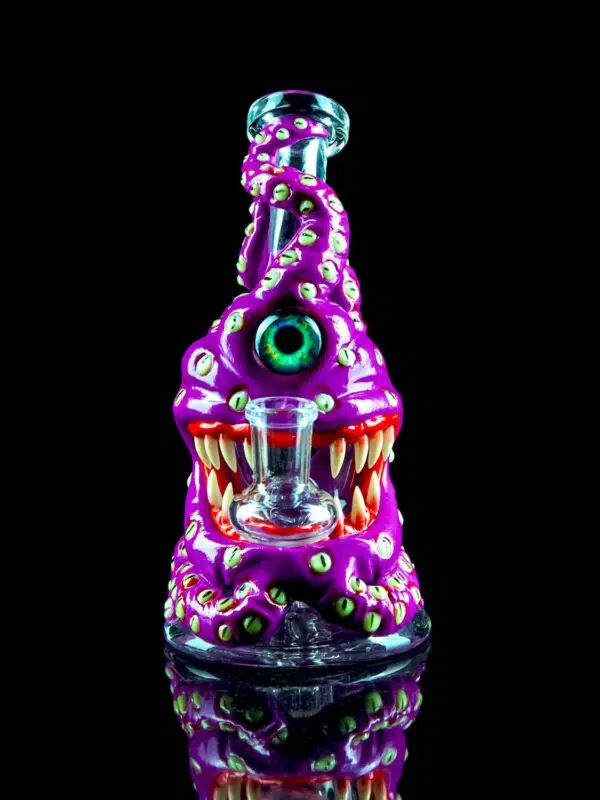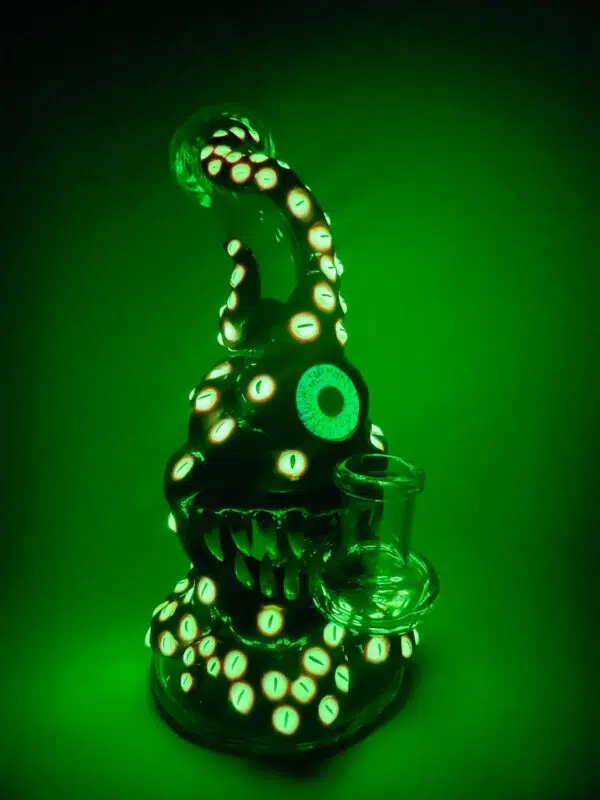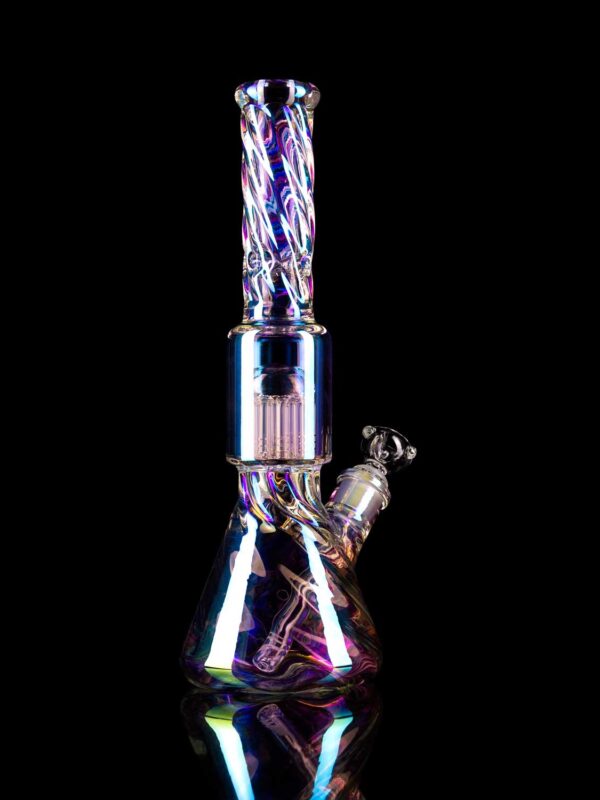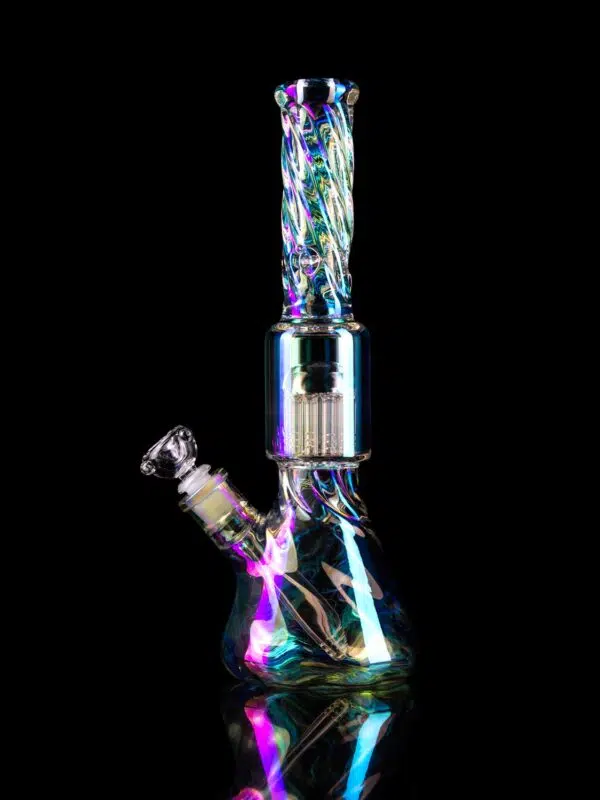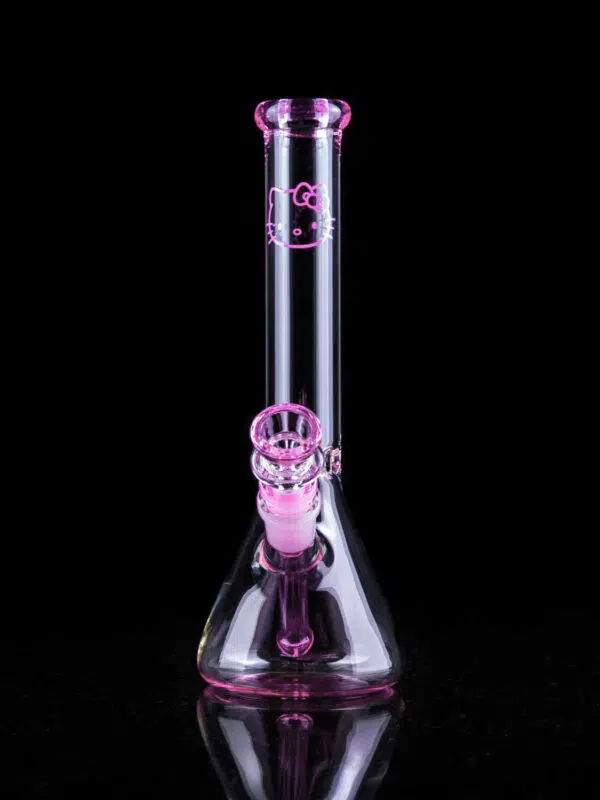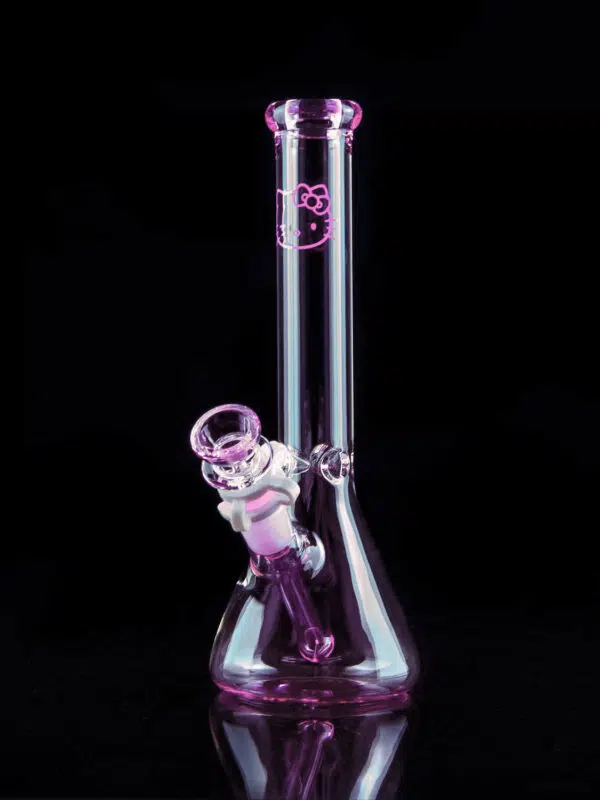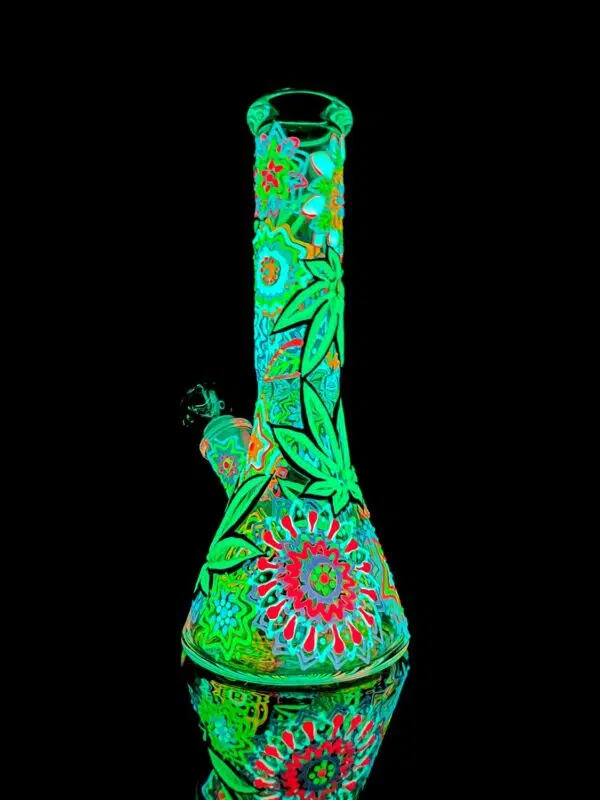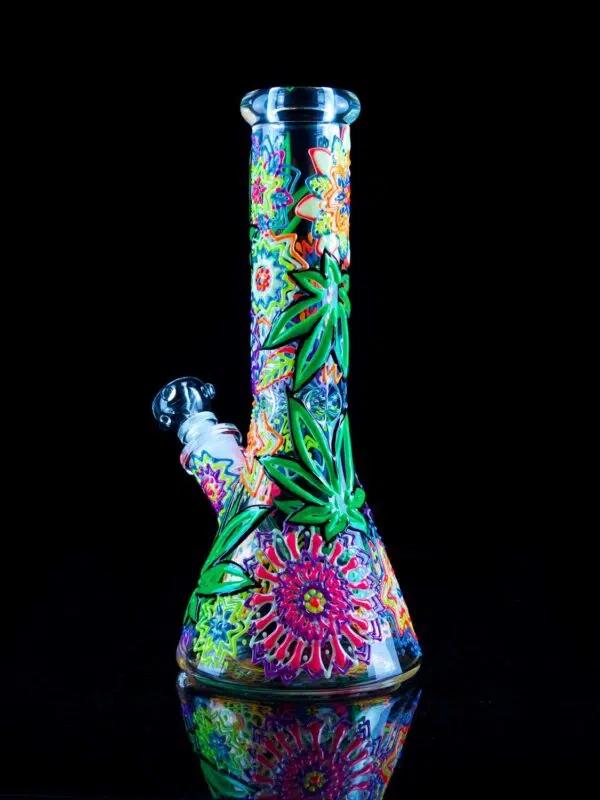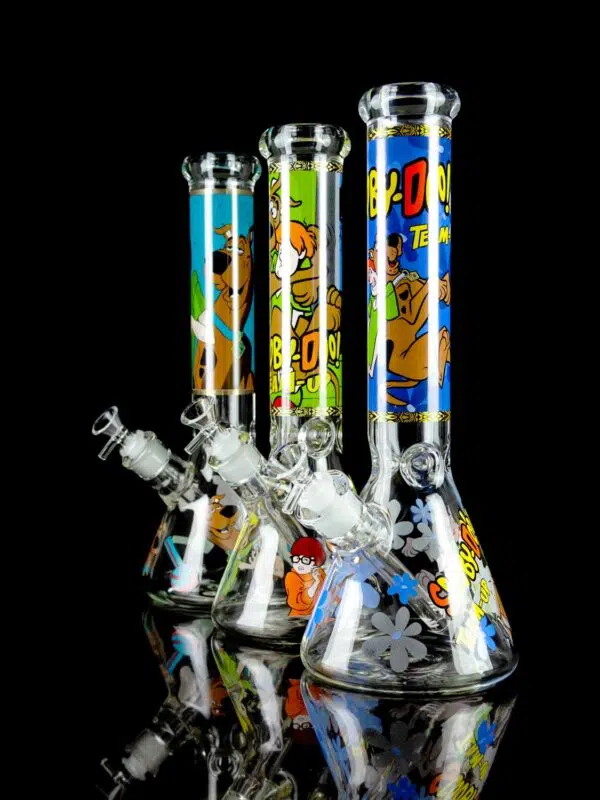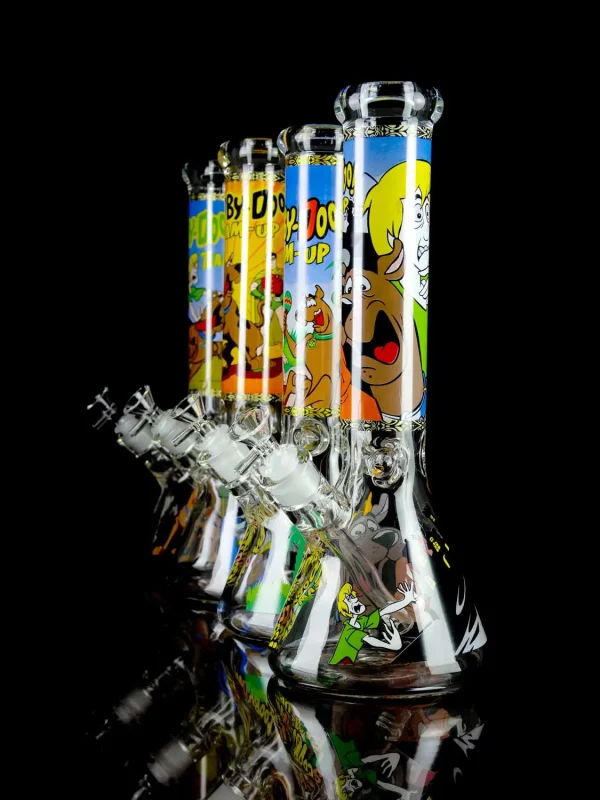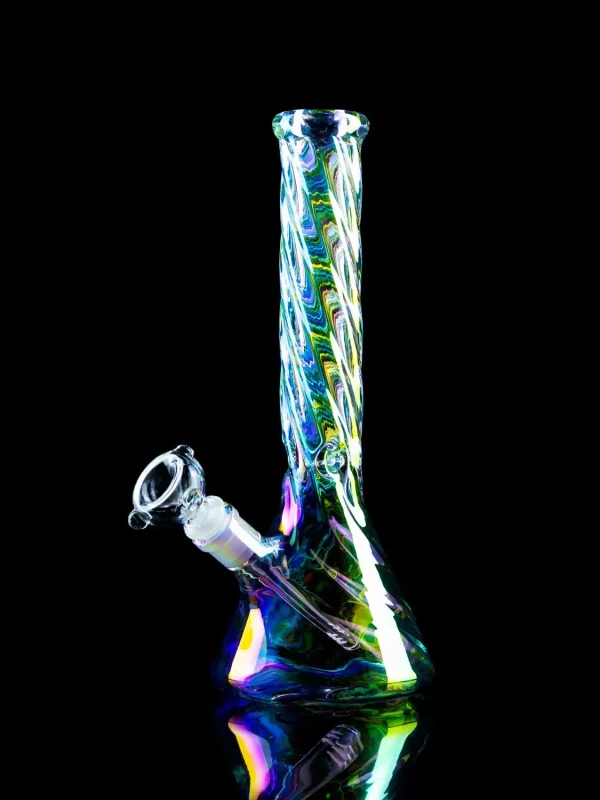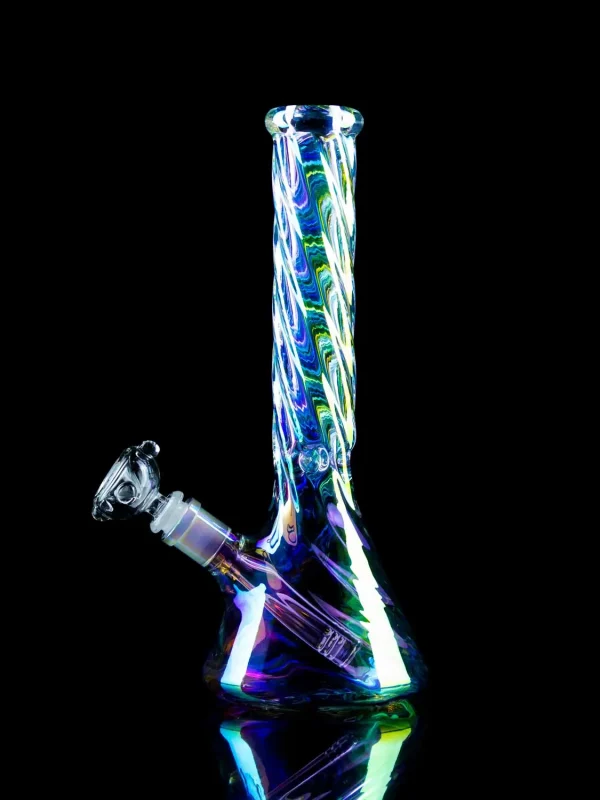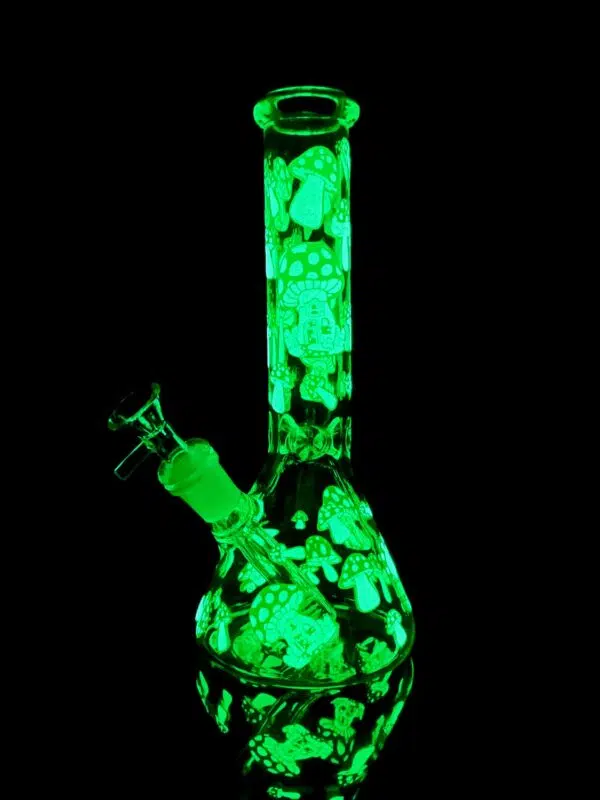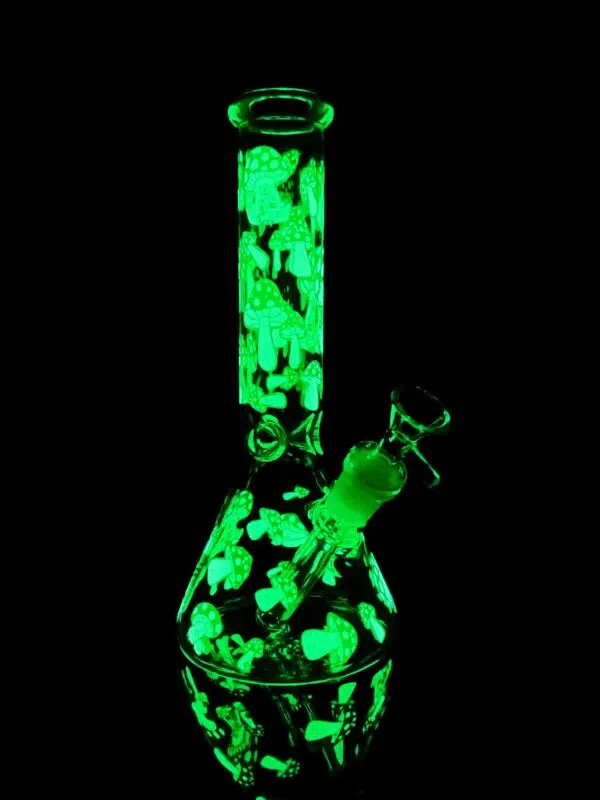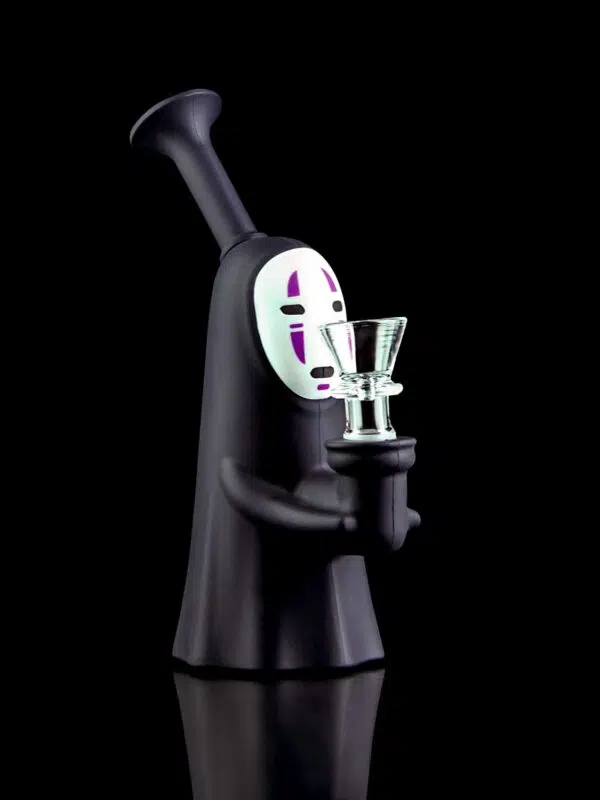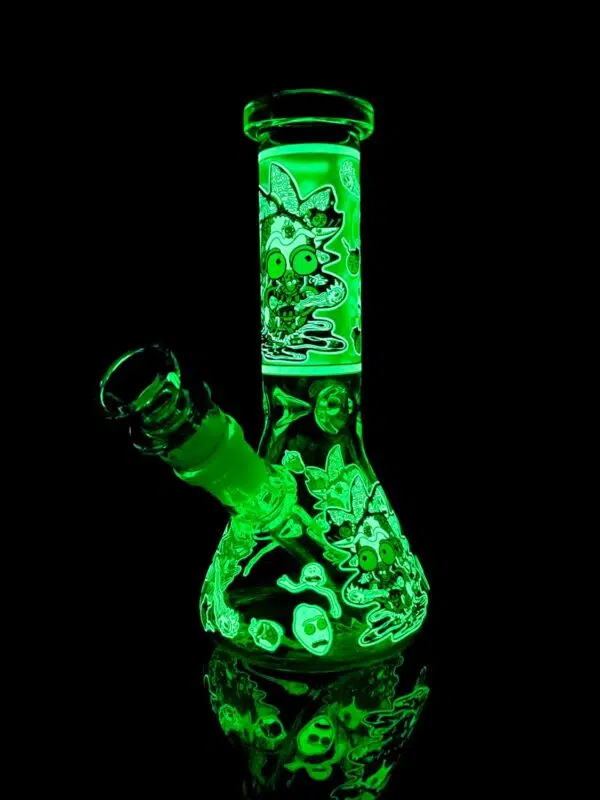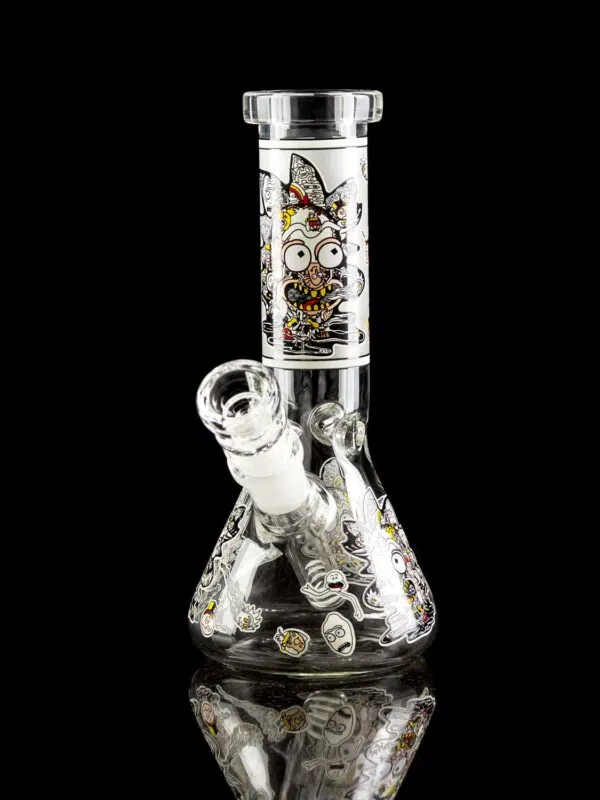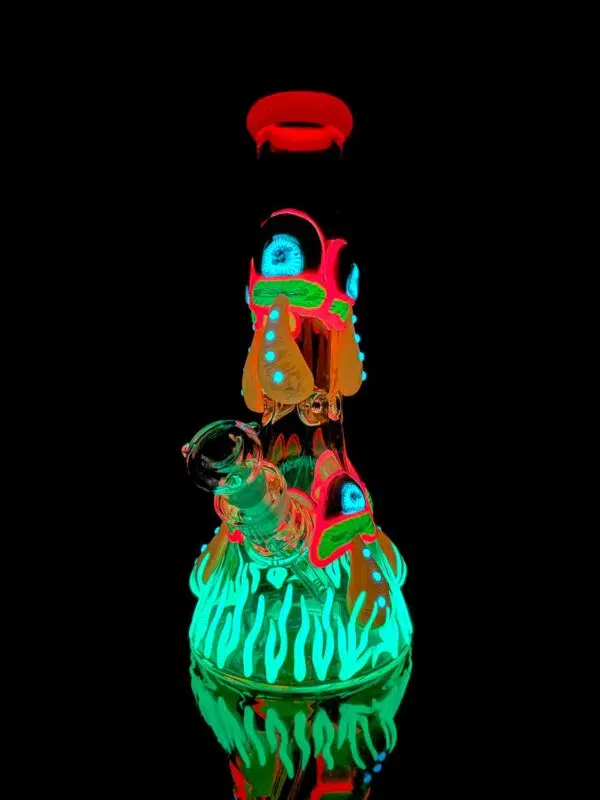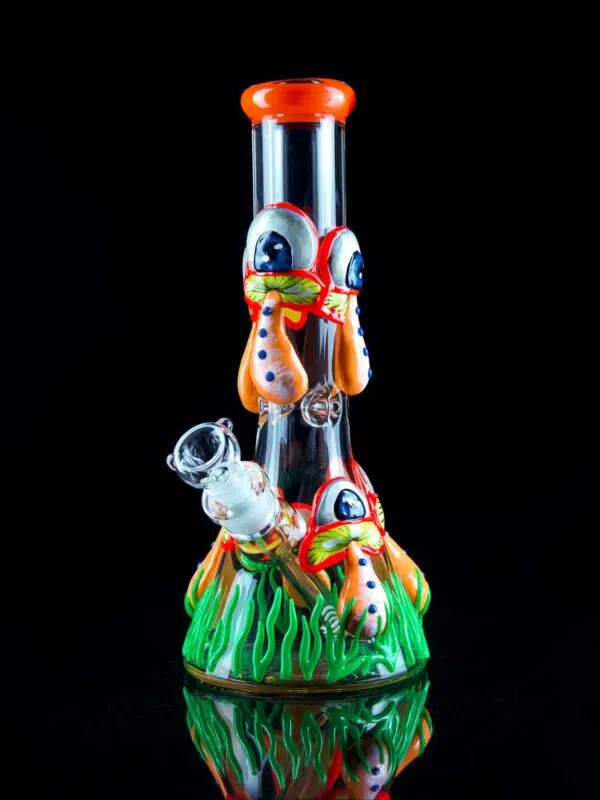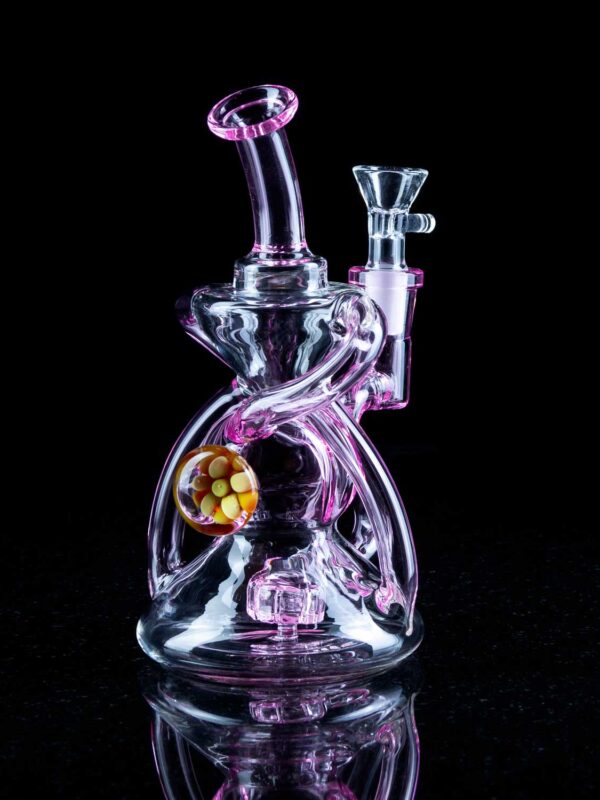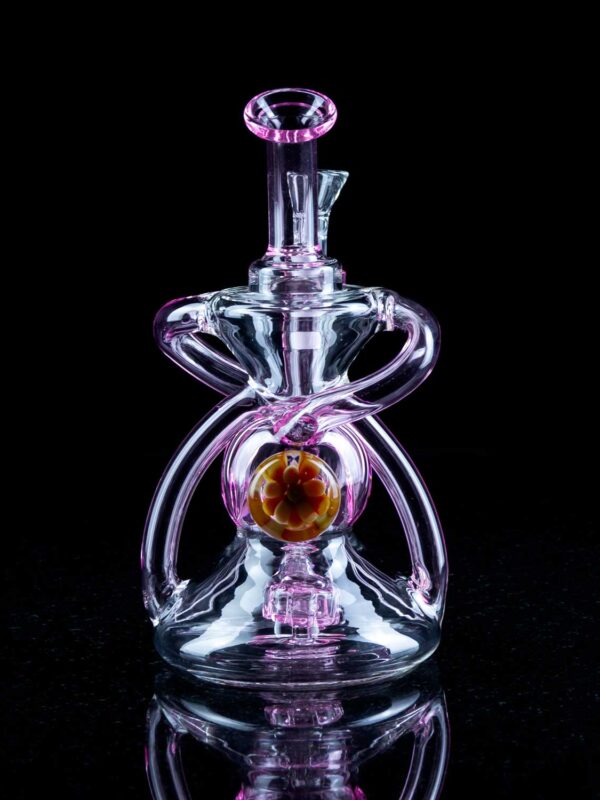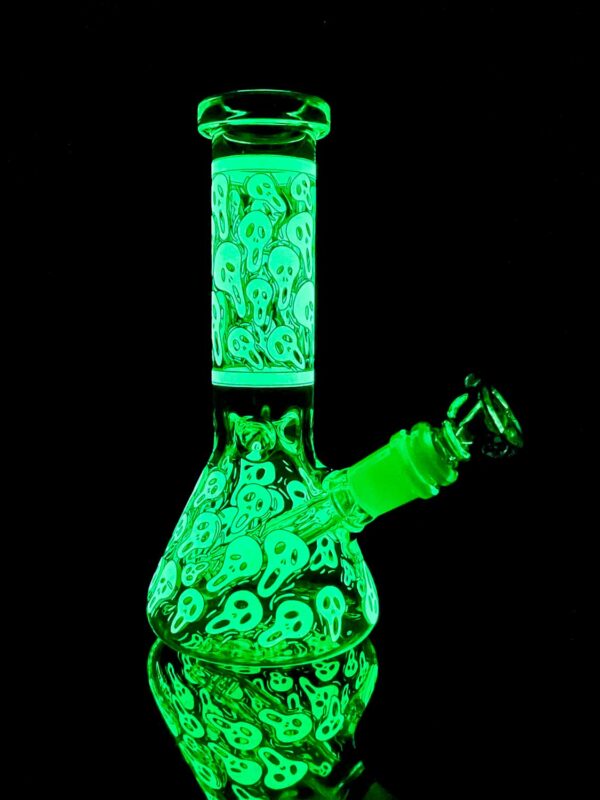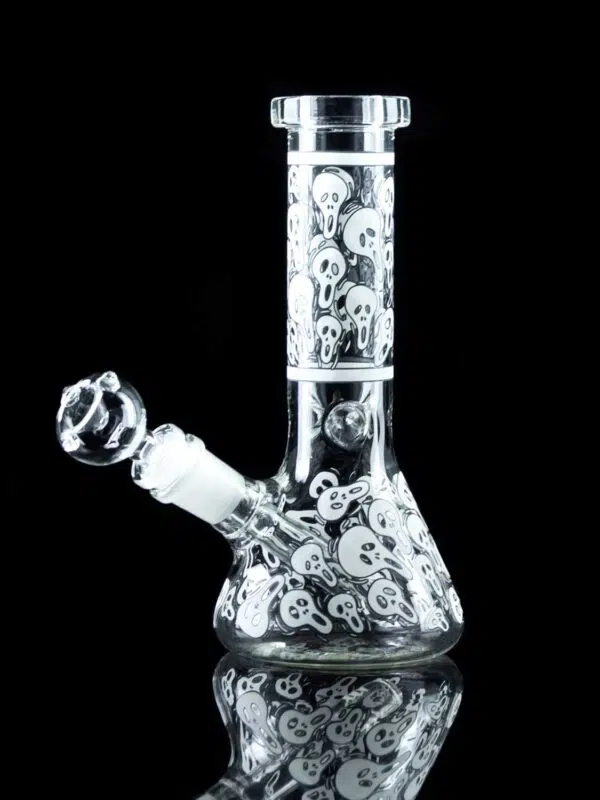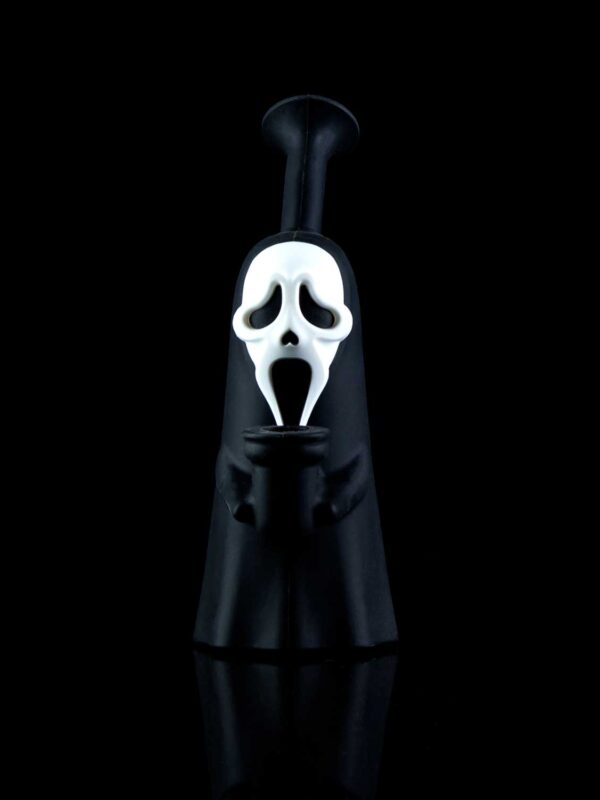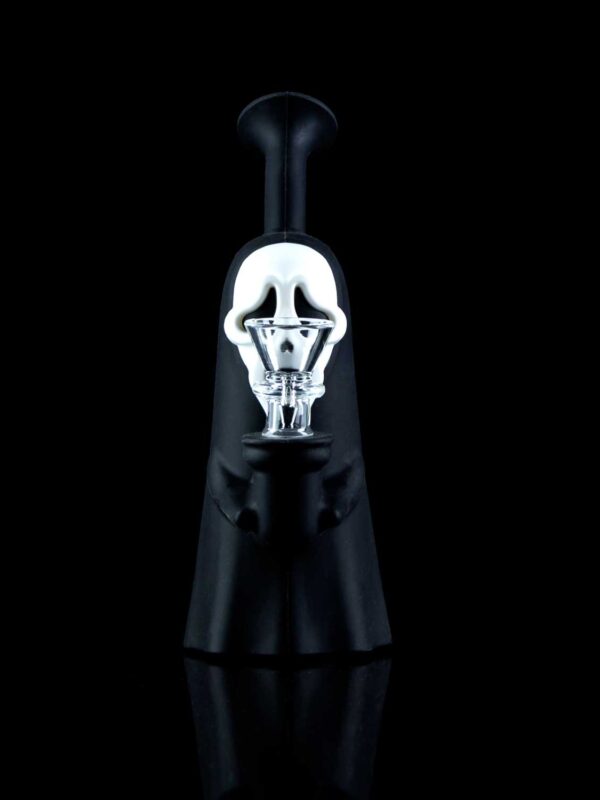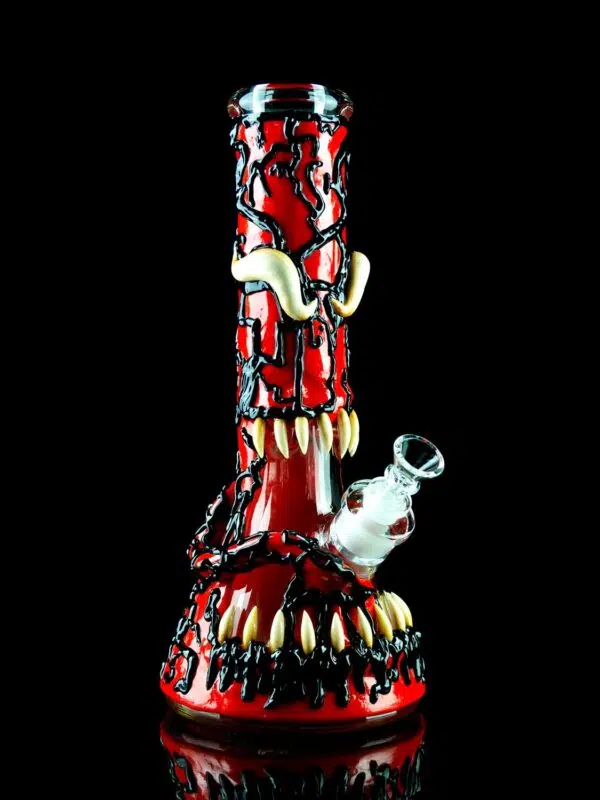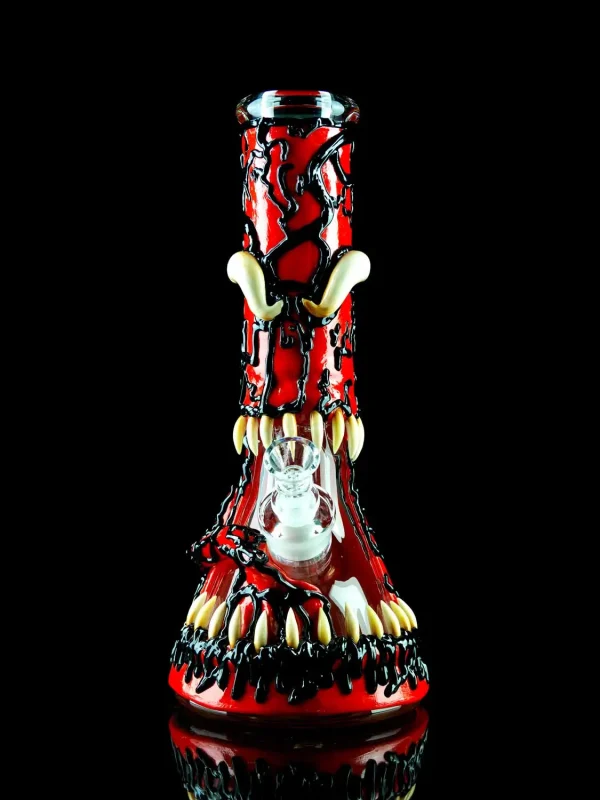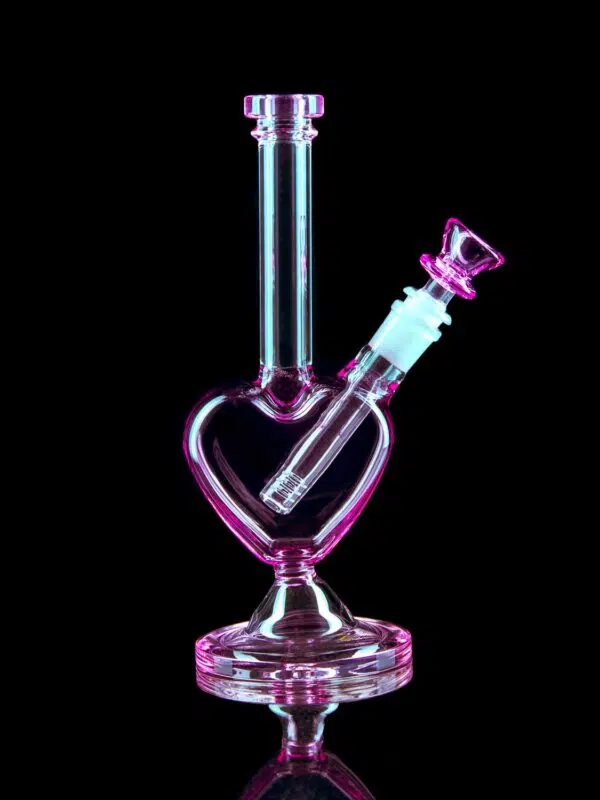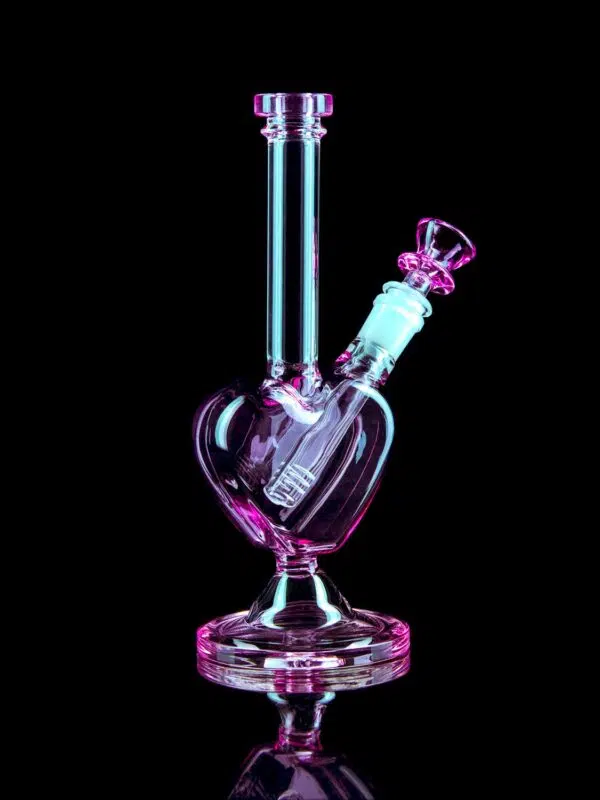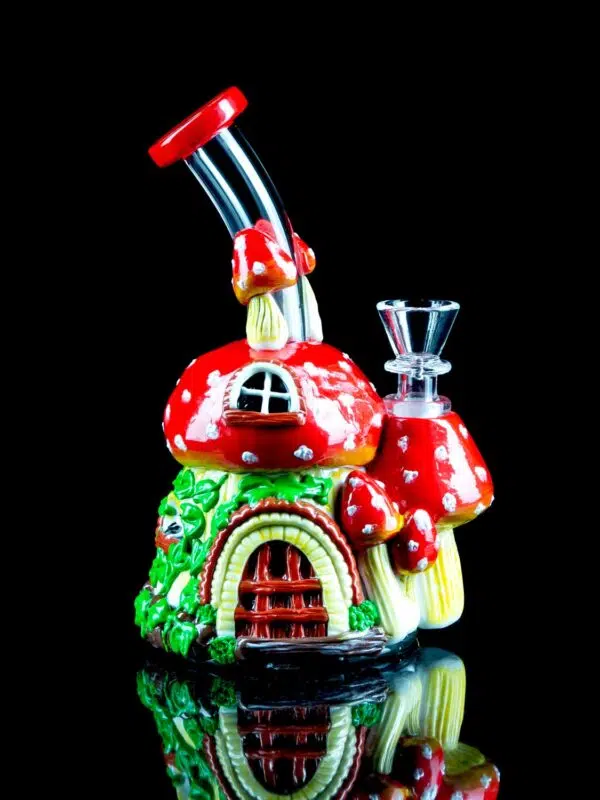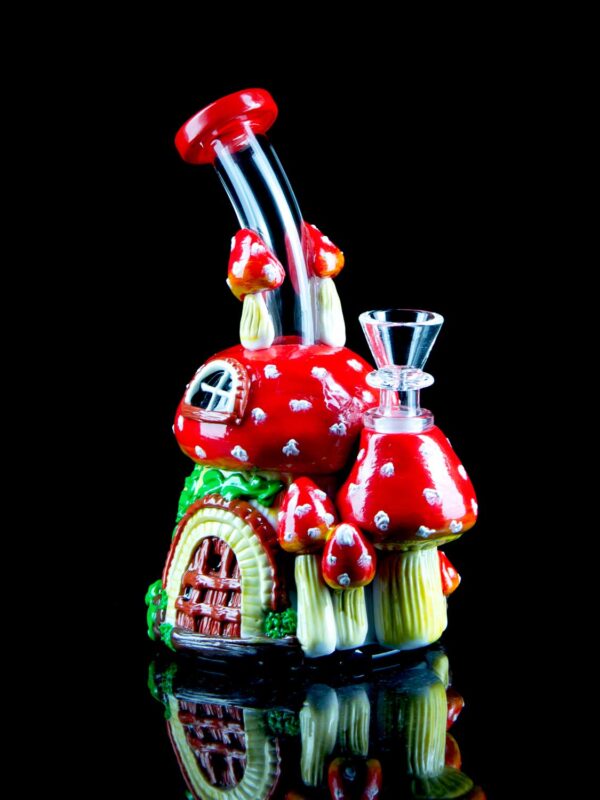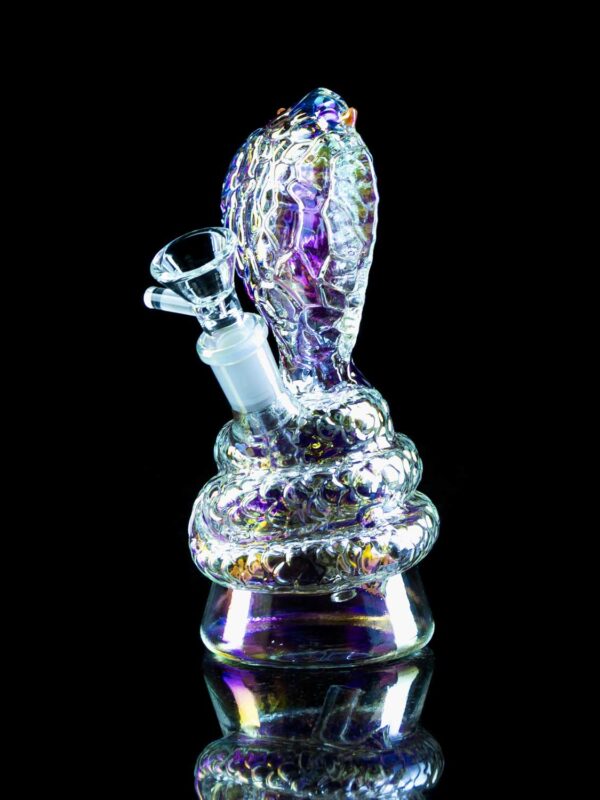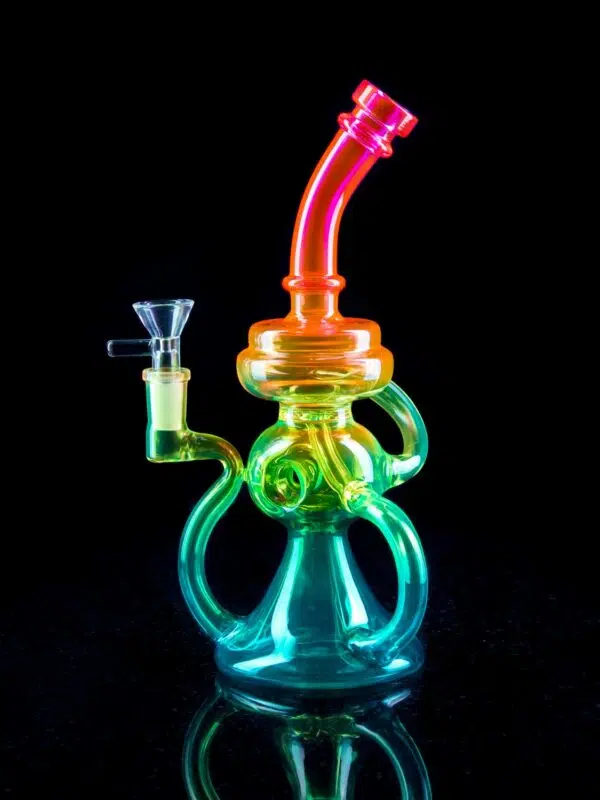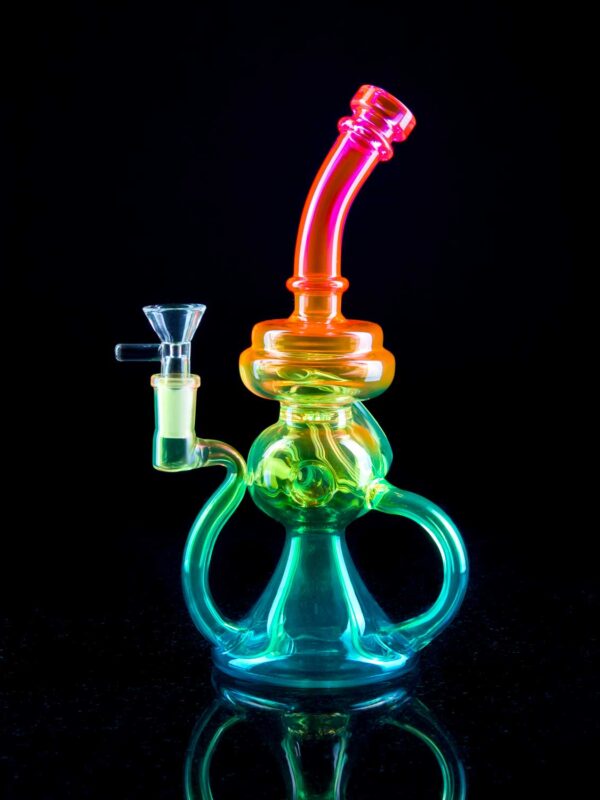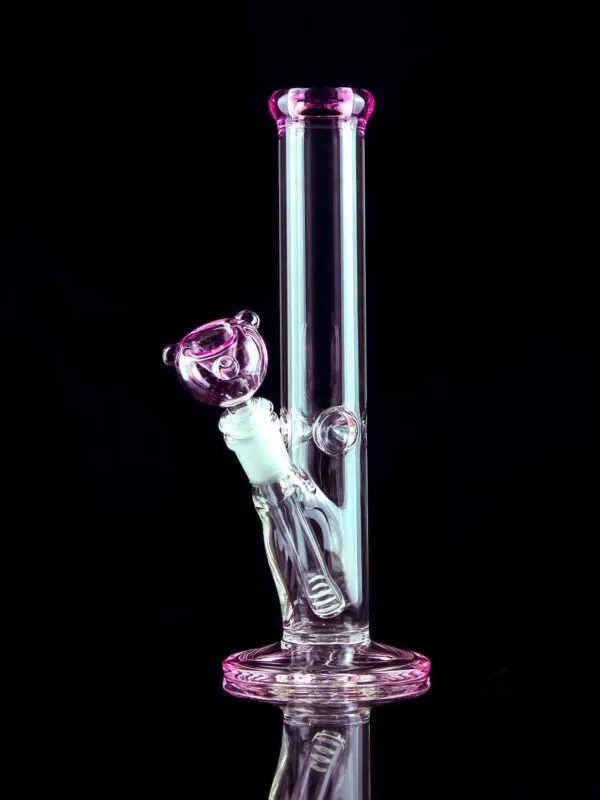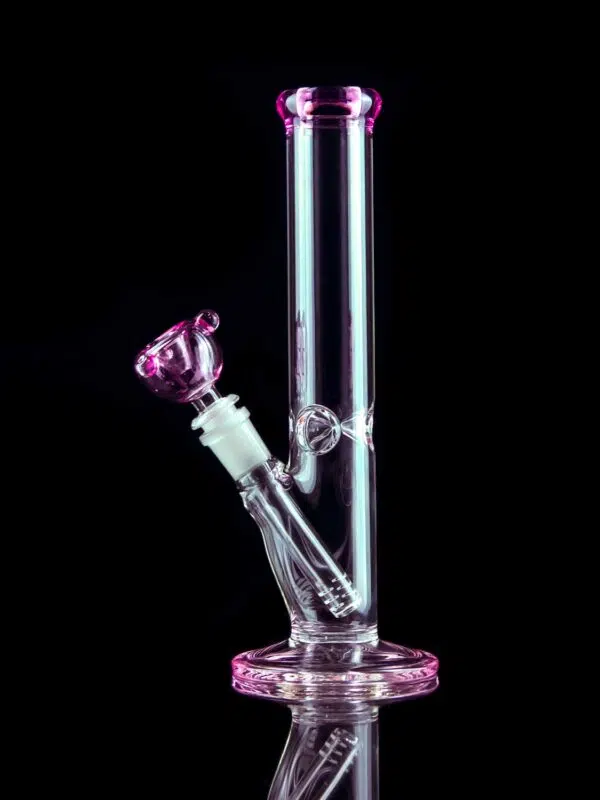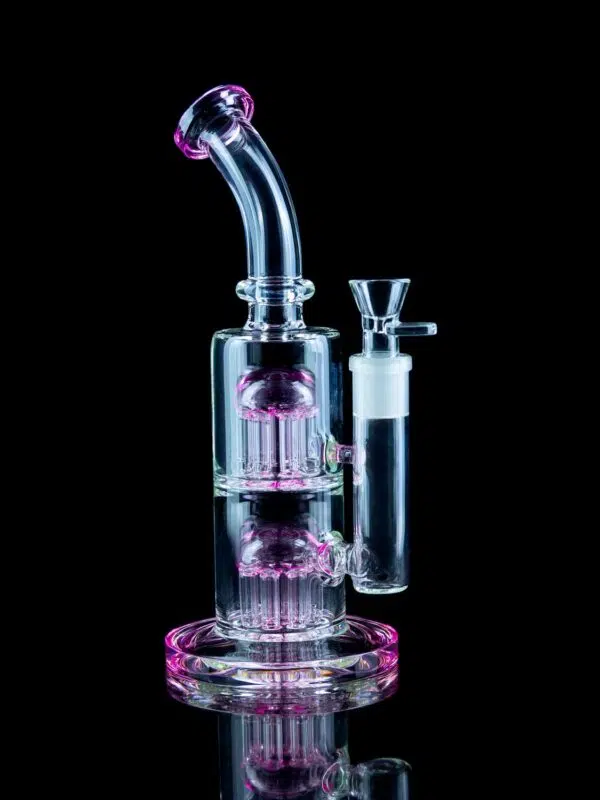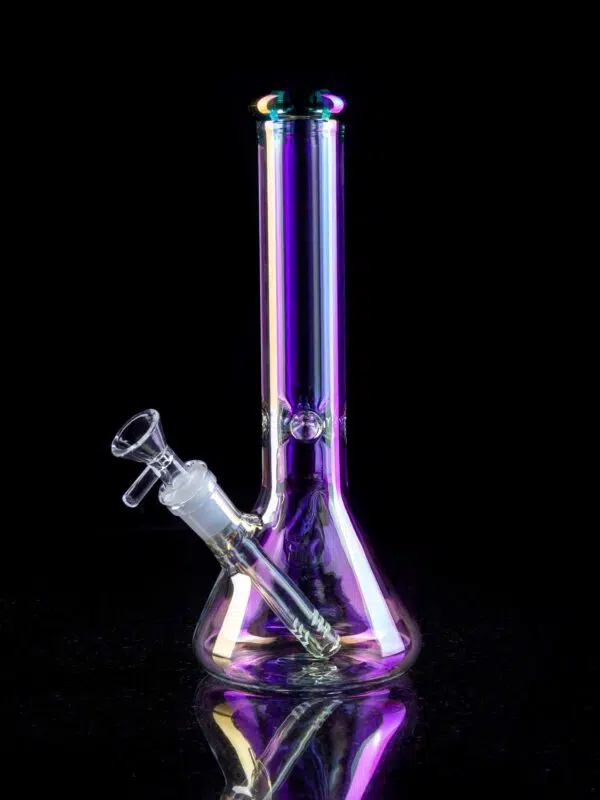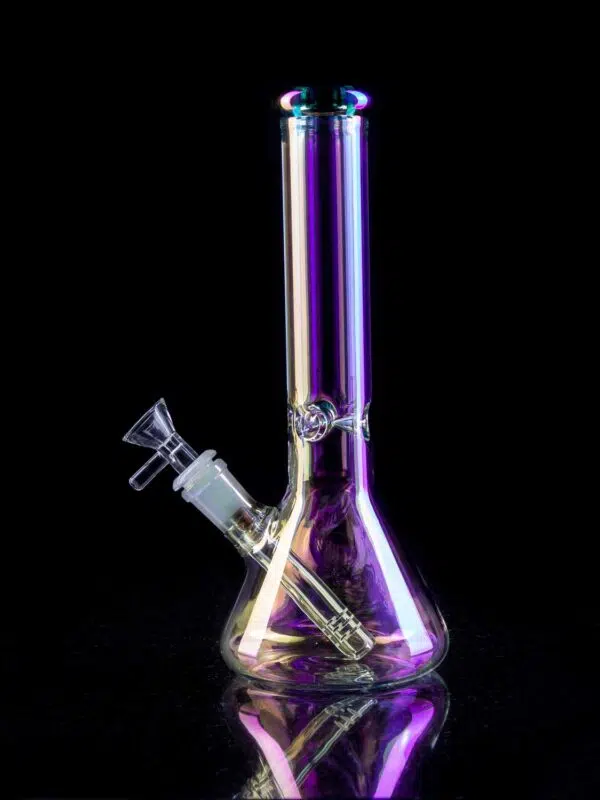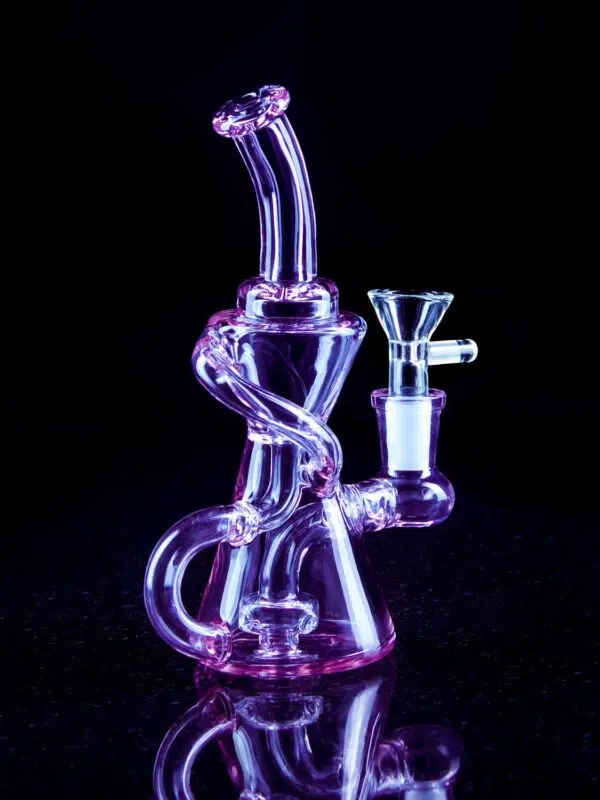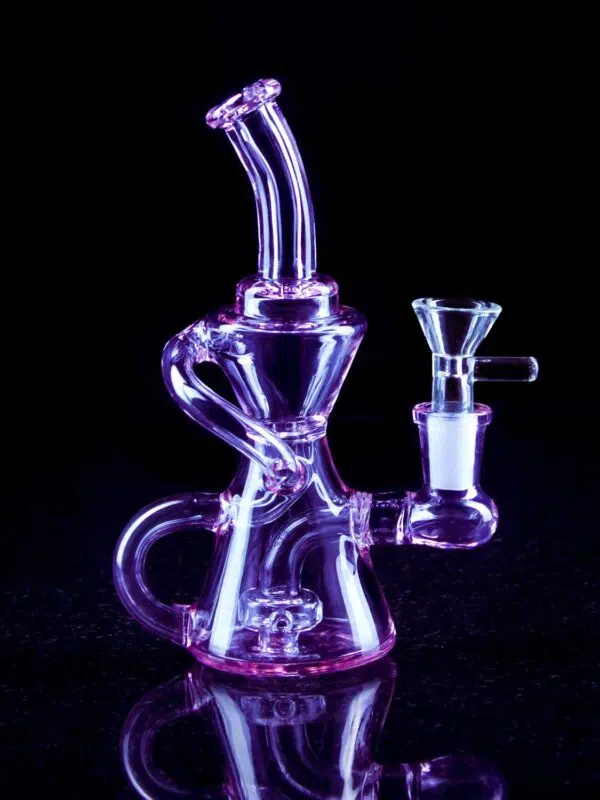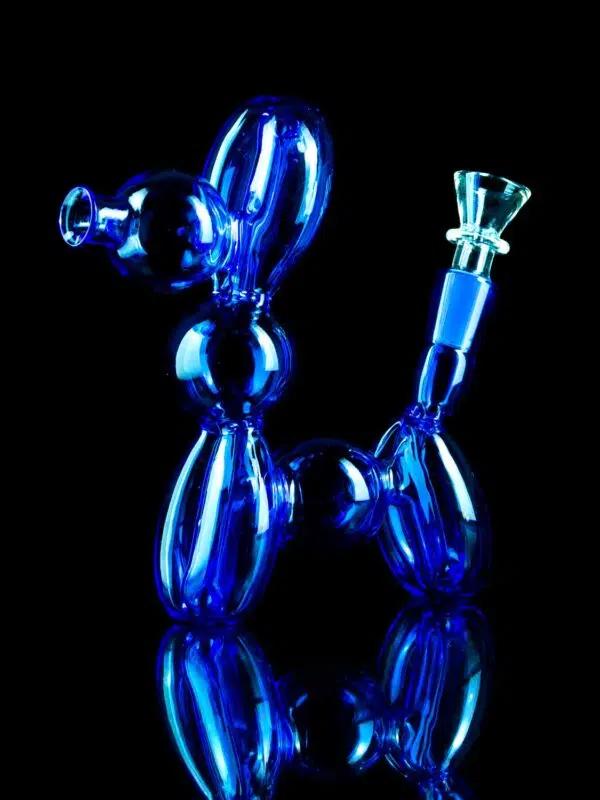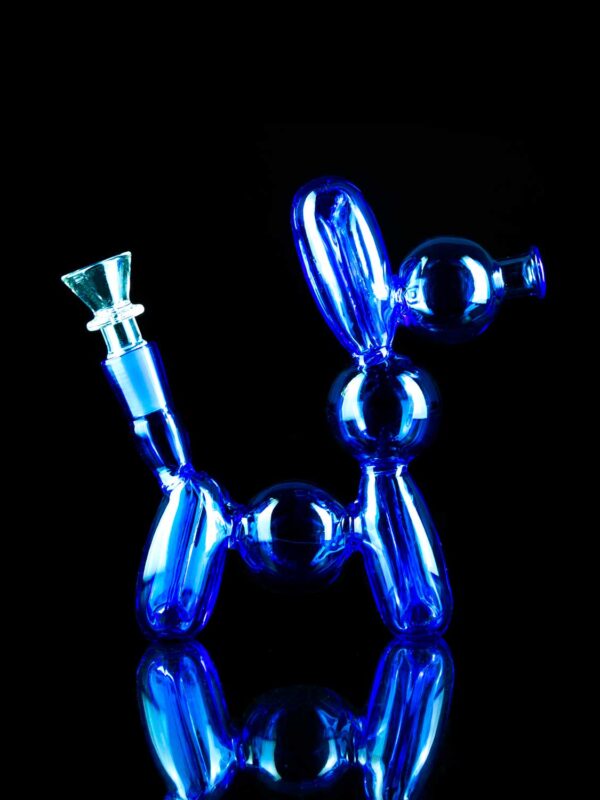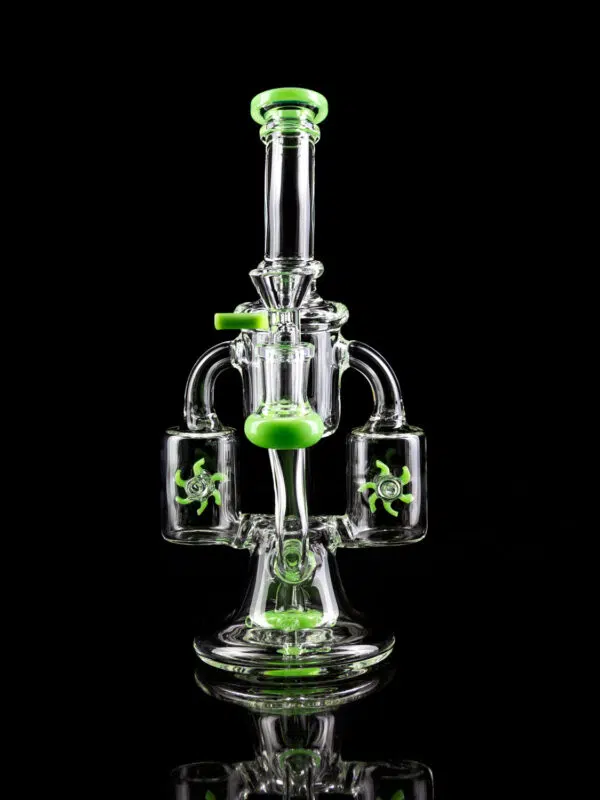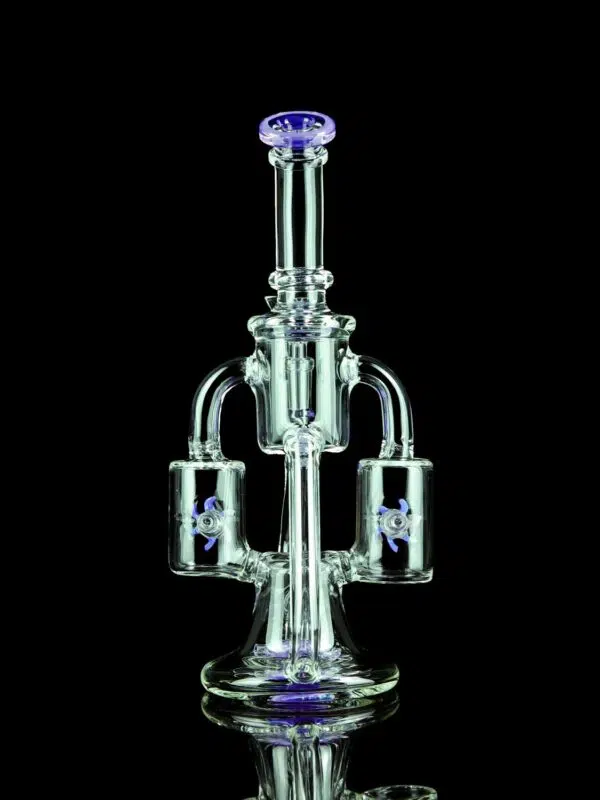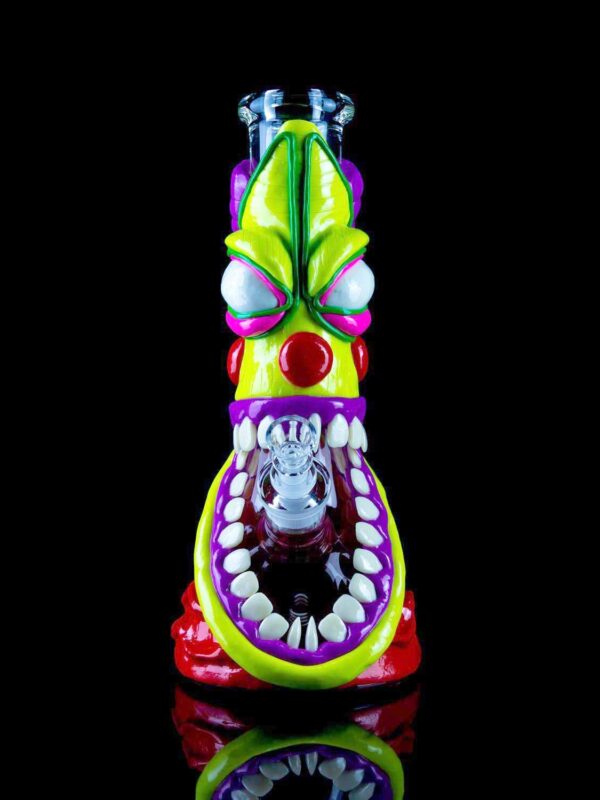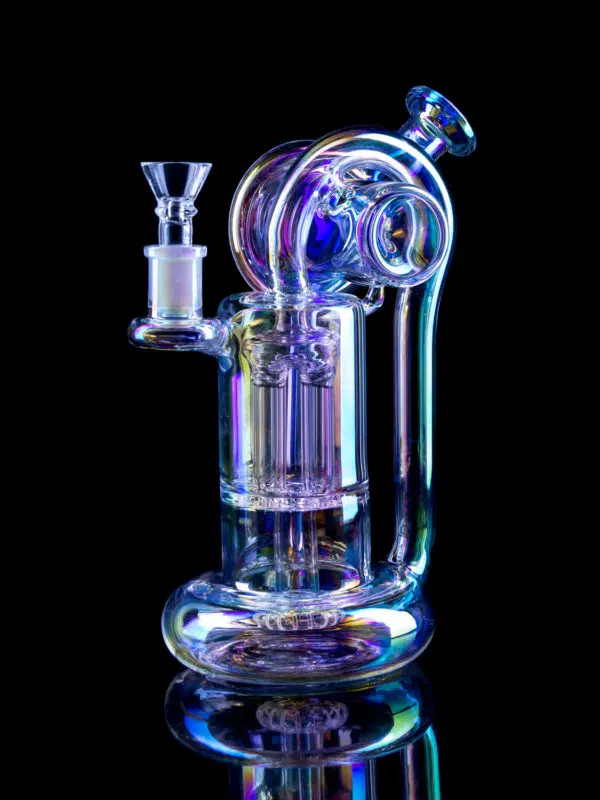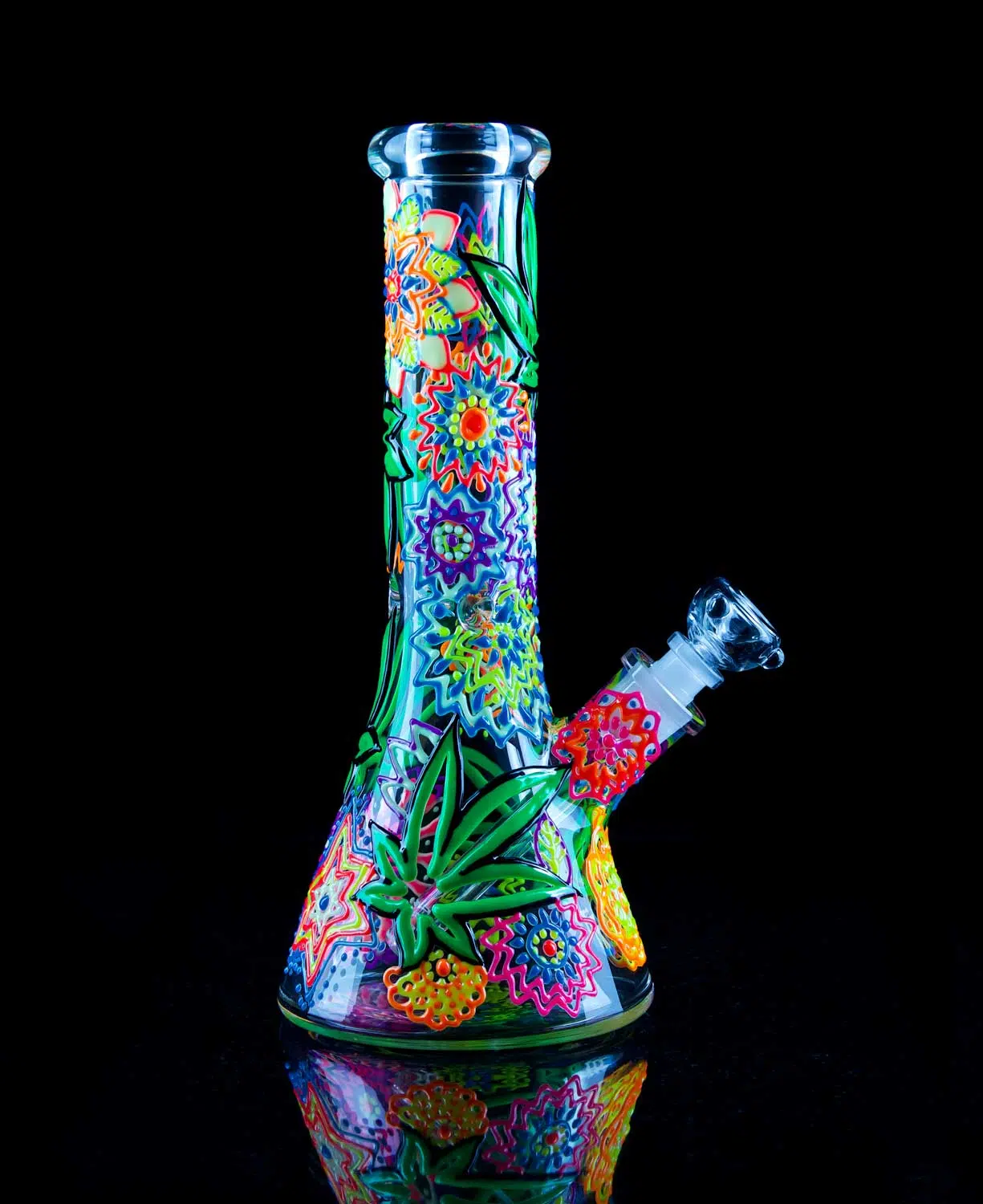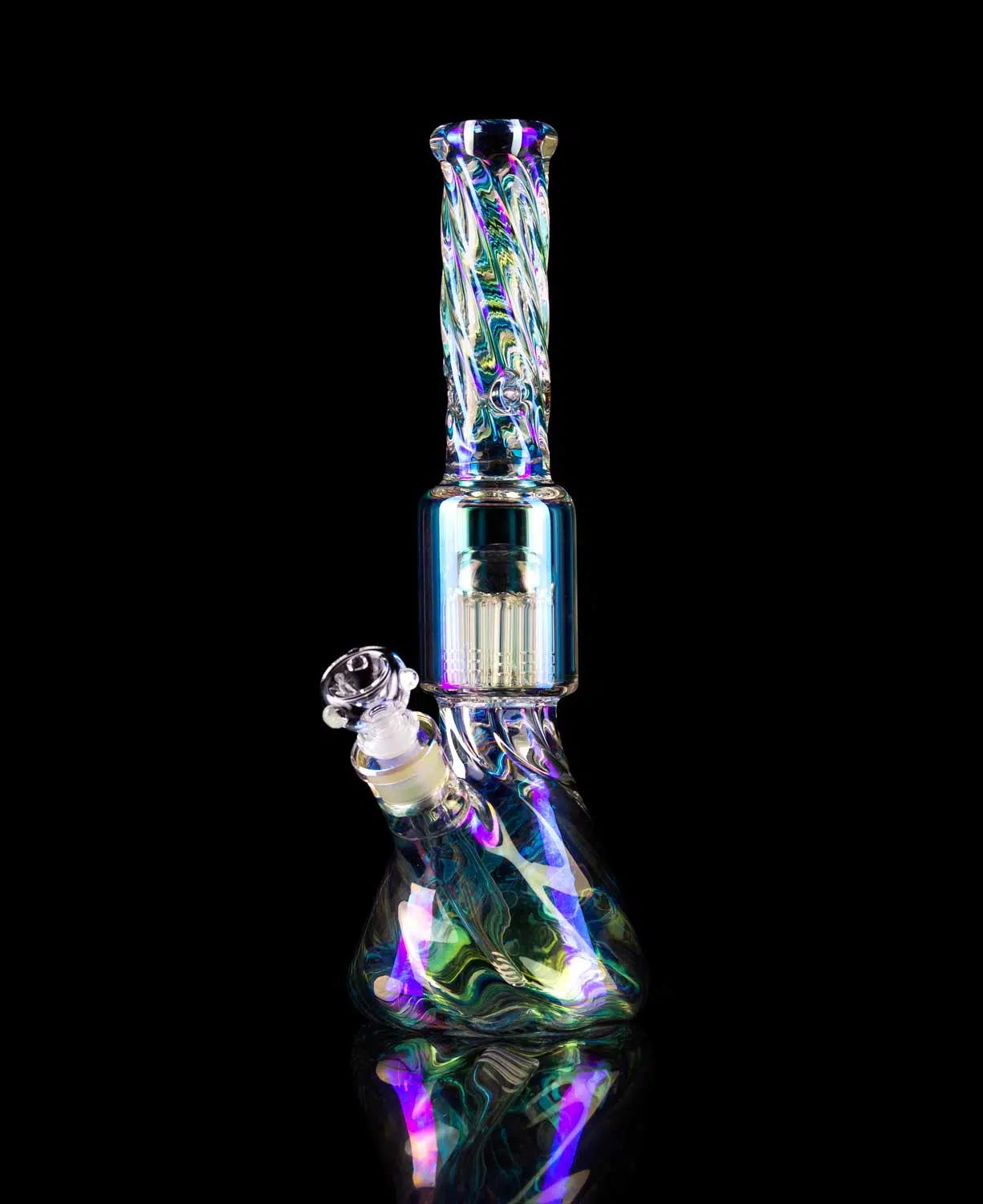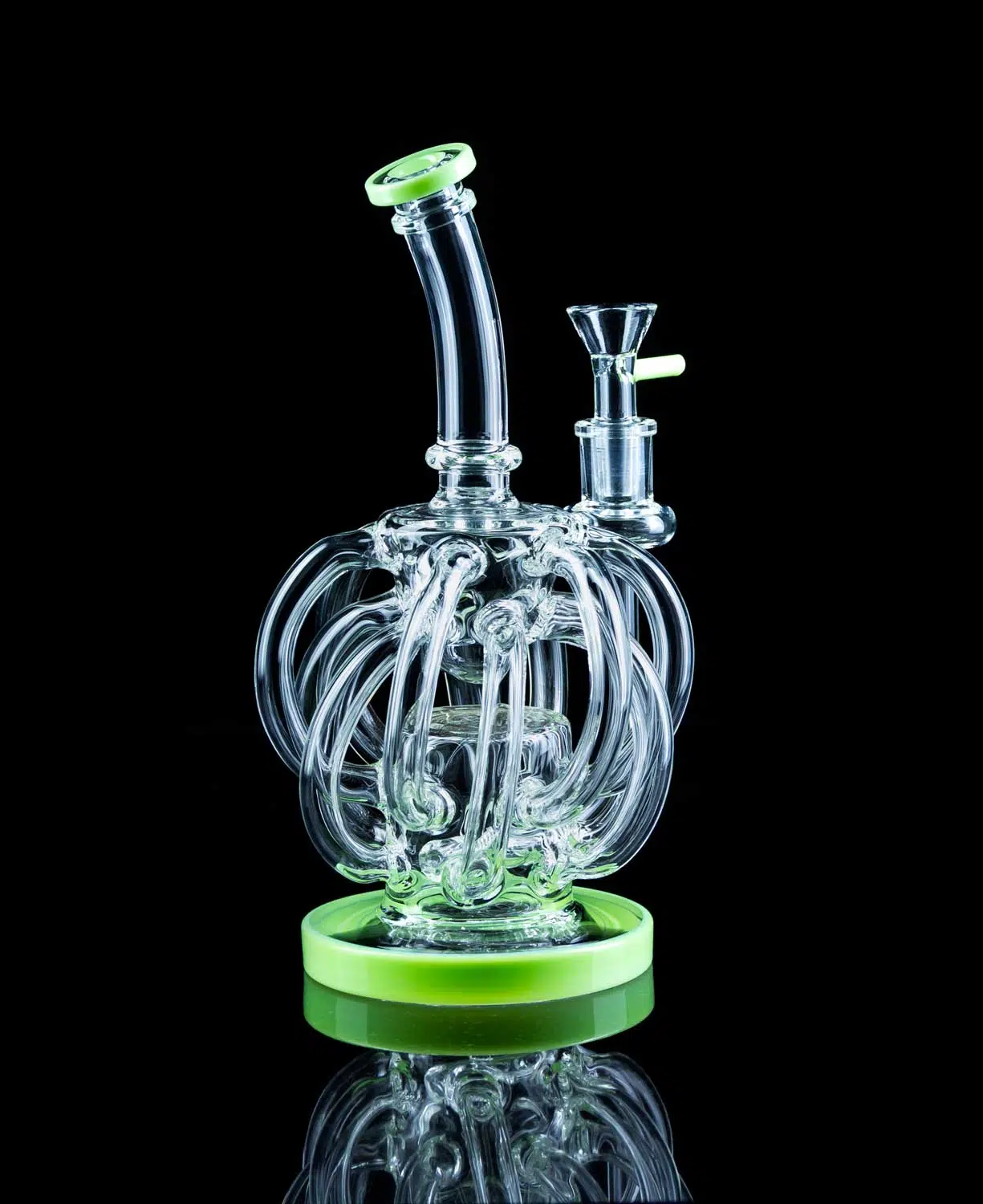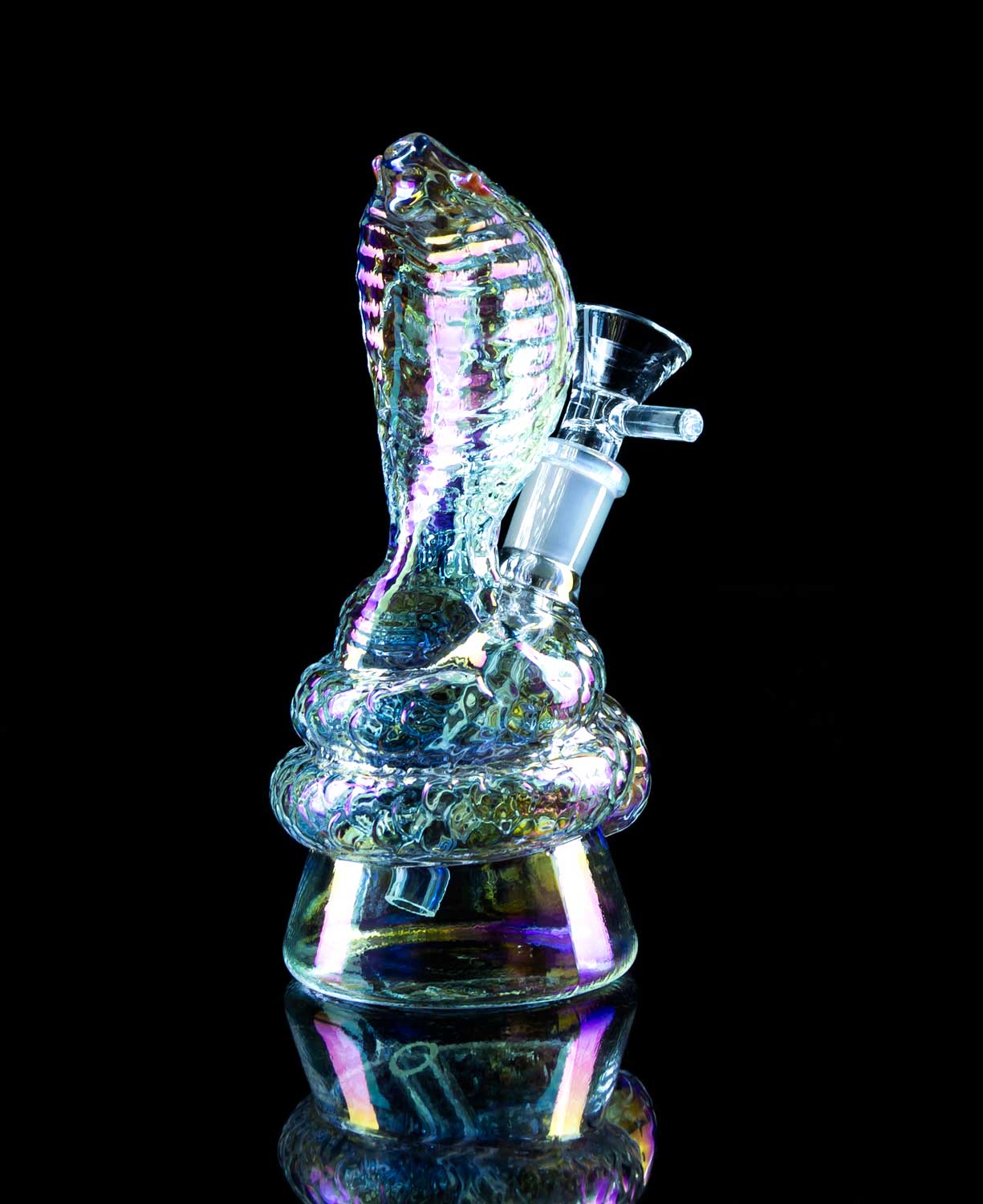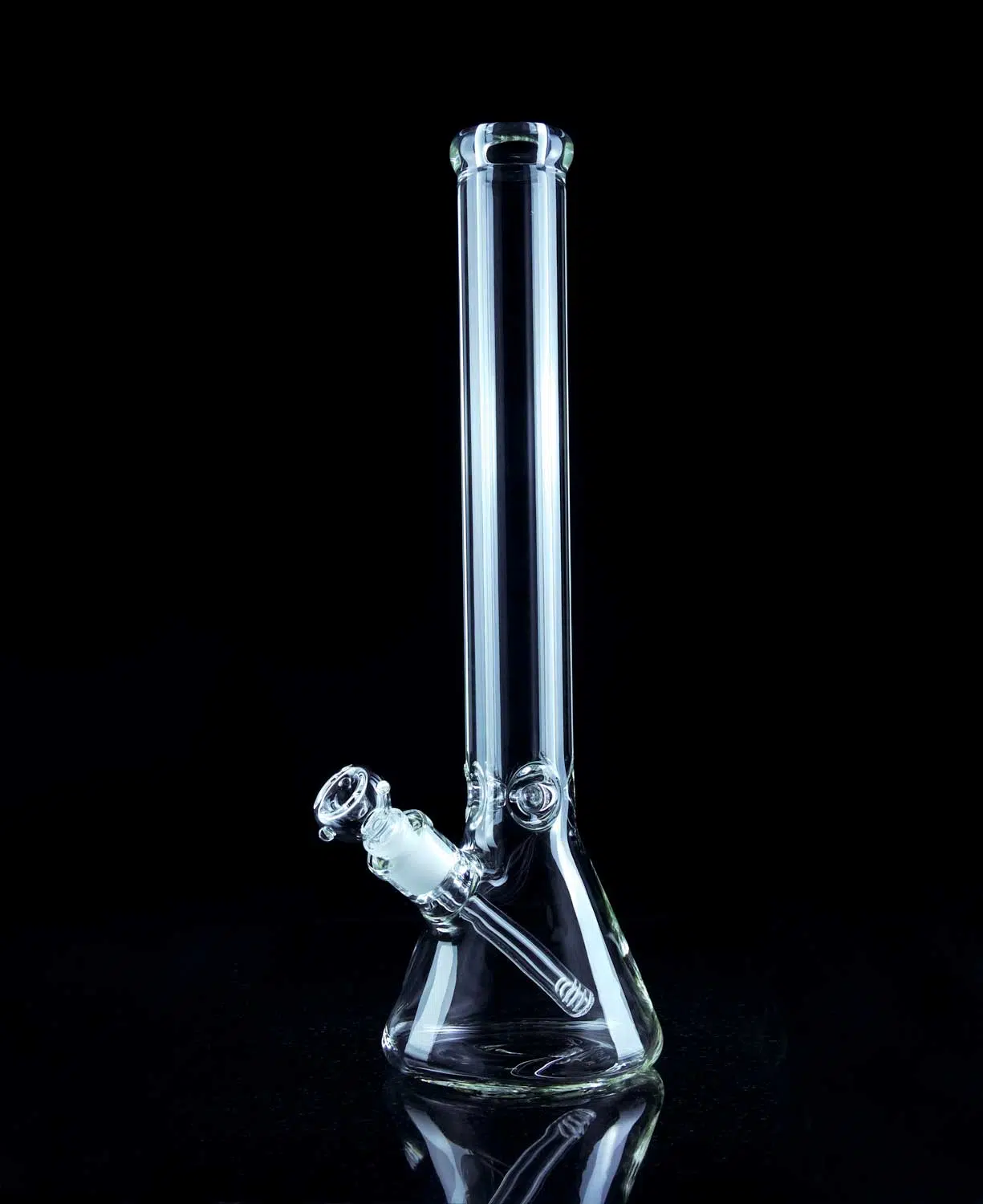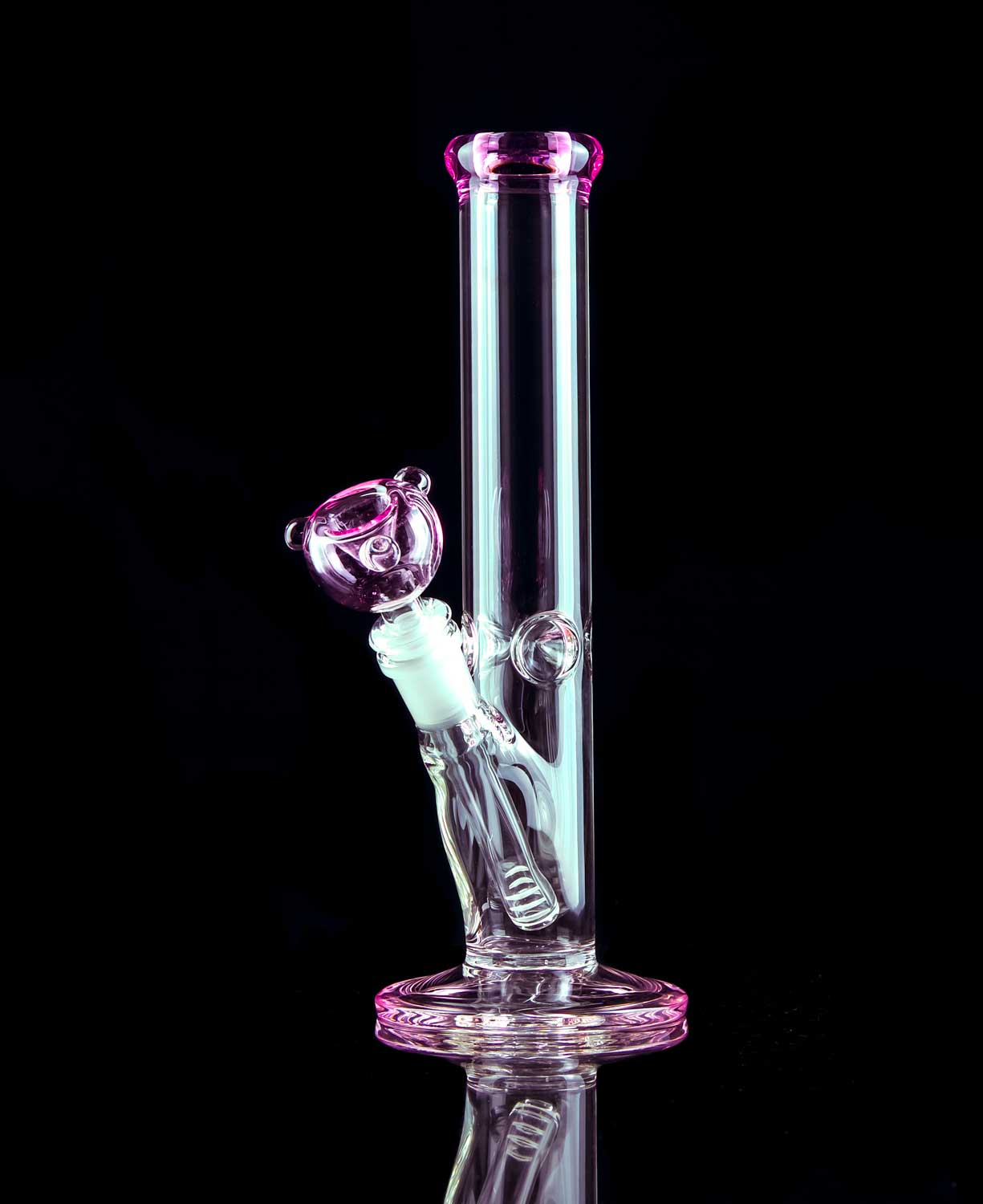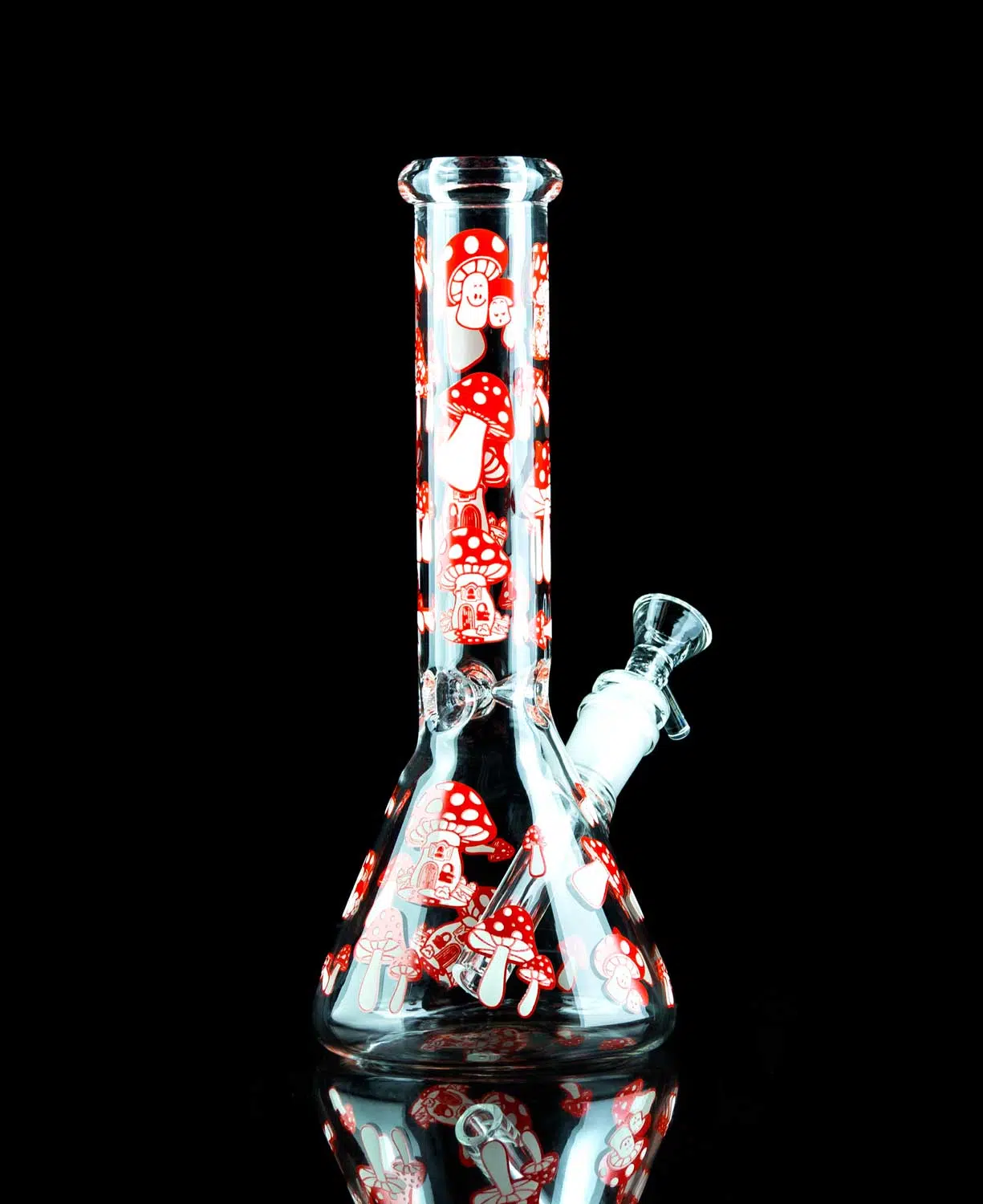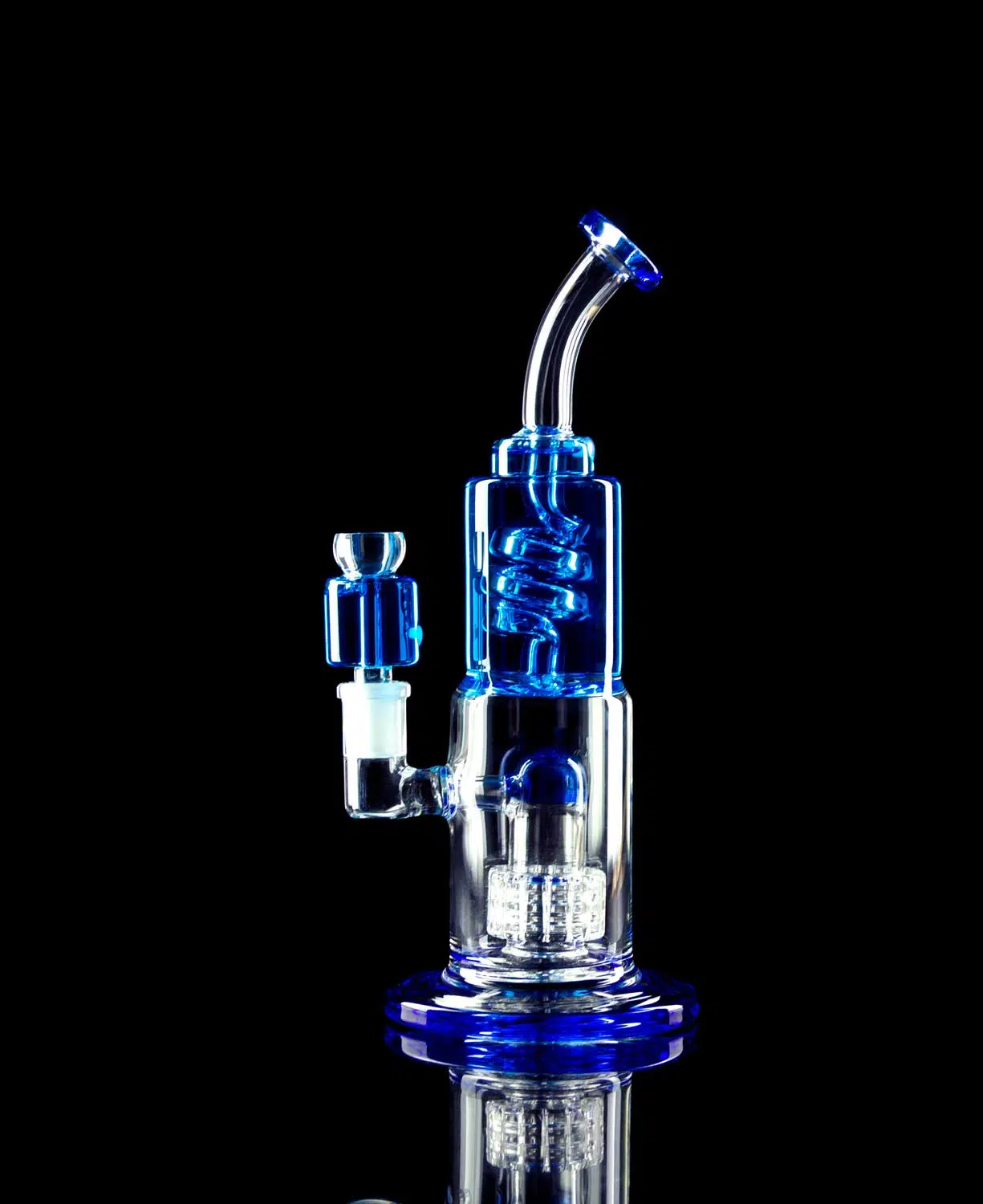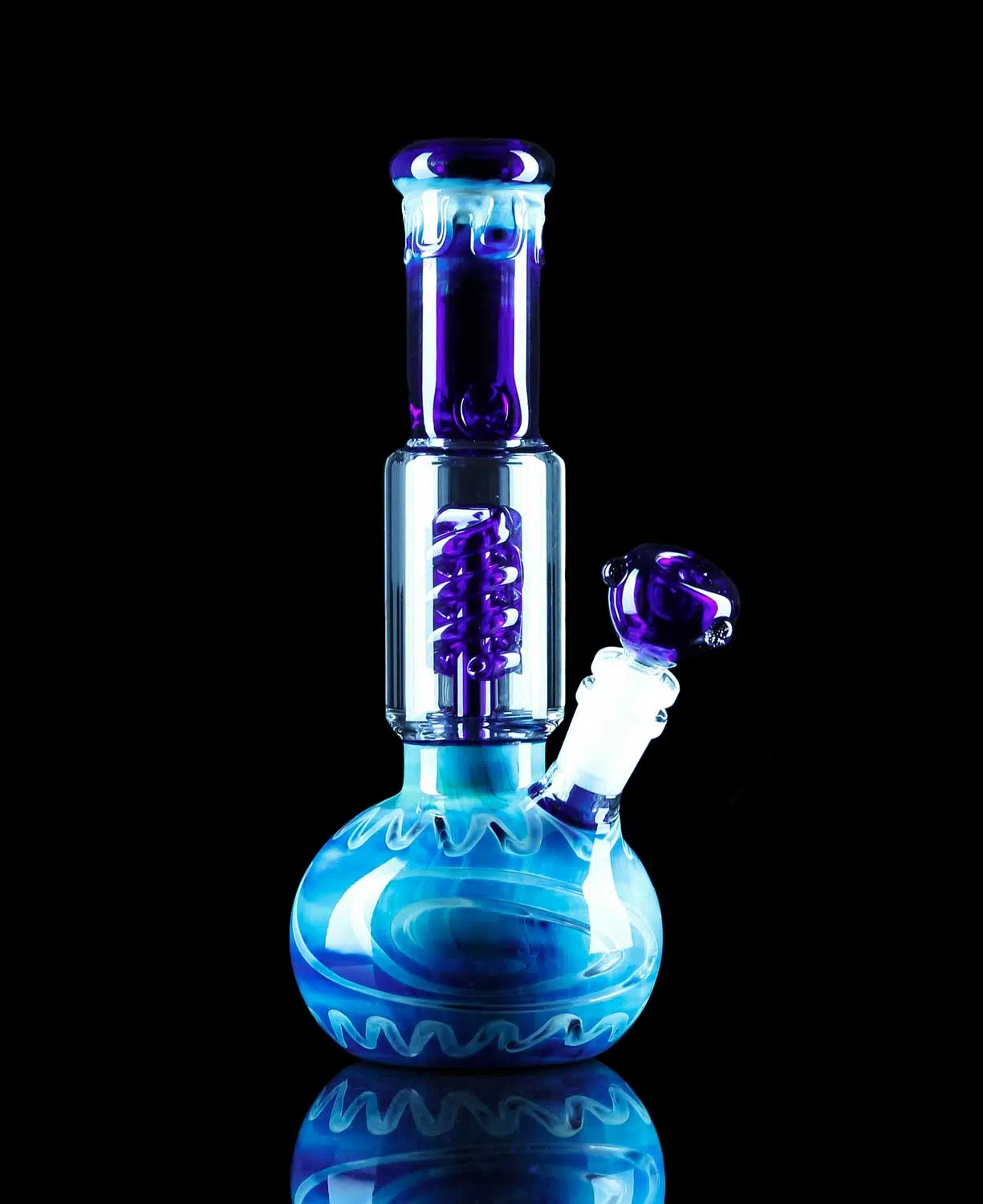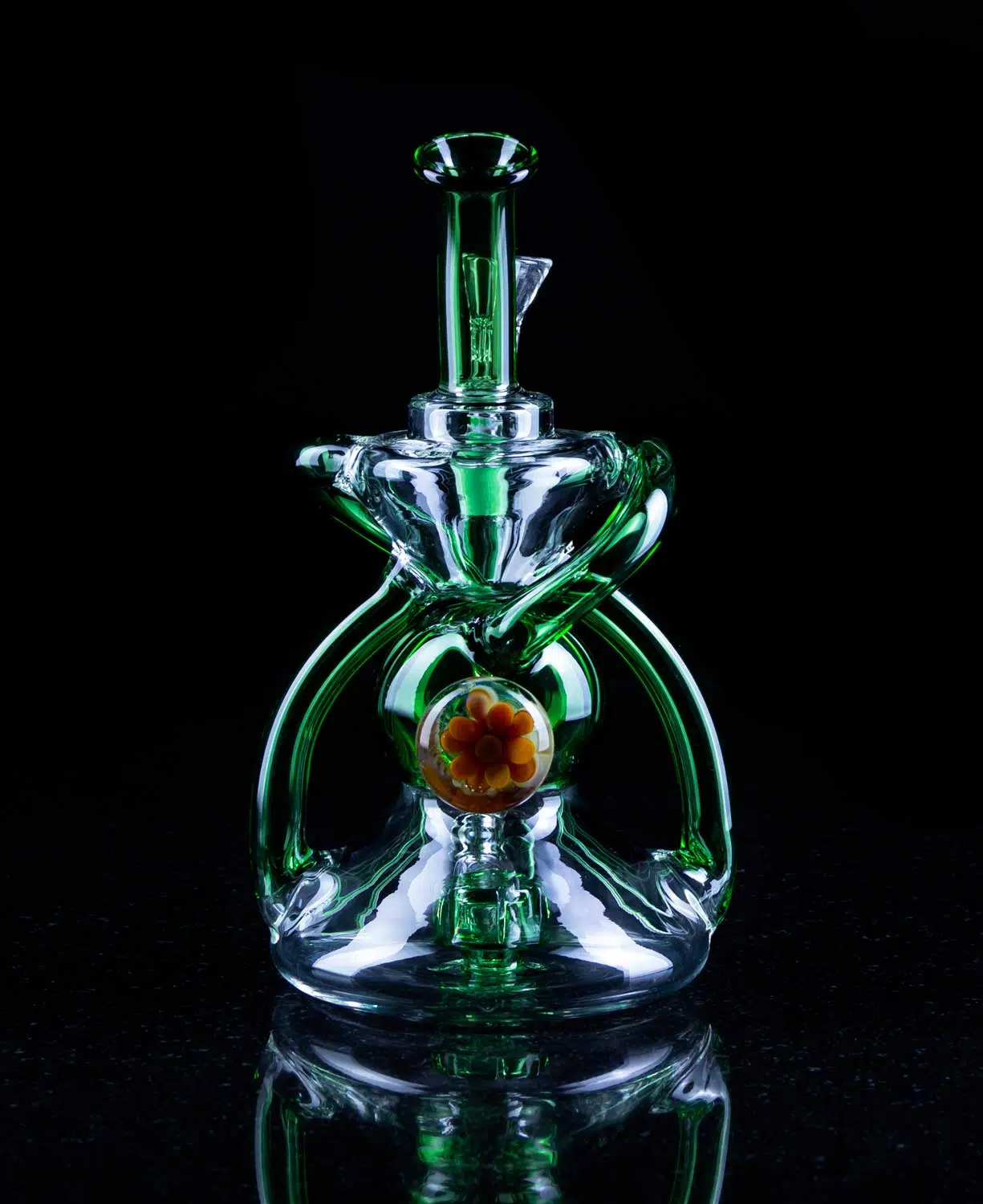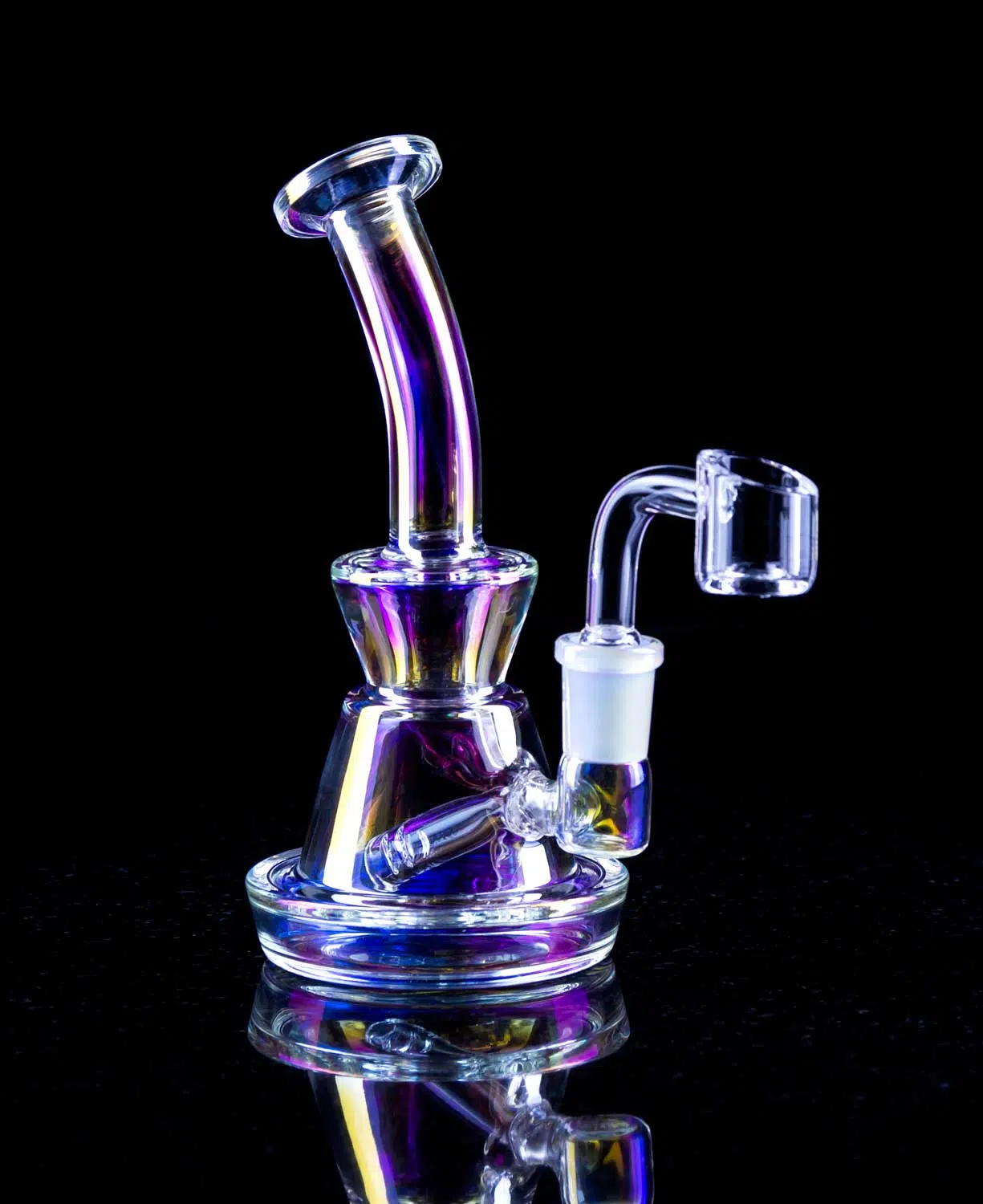BONGS
Twisted Iridescent Swirl Bong with Jellyfish Percolator – 14″
Bongs, Beaker bongs, Big Bongs, Cool bongs, Cute Bongs, Glass Bongs, Ice Bong, Iridescent Bongs, Percolator Bongs, Pink bongs, Pretty Bongs, Purple Bongs, Thick Bongs, Unique Bongs, 420 Pink, 420-sale, Black Friday, Christmas, Iridescent, Valentine's Day
$69.00
Mystery Scooby Doo Bong – 14″
Bongs, Beaker bongs, Big Bongs, Cheap Bongs, Cool bongs, Cute Bongs, Funny Bongs, Glass Bongs, Ice Bong, Thick Bongs, Unique Bongs, 420-sale, Black Friday, Sale
Original price was: $79.00.$59.00Current price is: $59.00.
Twisted Iridescent Swirl Bong – 12.5″
Bongs, Beaker bongs, Cheap Bongs, Cool bongs, Cute Bongs, Glass Bongs, Ice Bong, Iridescent Bongs, Percolator Bongs, Pink bongs, Pretty Bongs, Purple Bongs, Thick Bongs, Unique Bongs, 420 Pink, 420-sale, Black Friday, Christmas, Iridescent, Valentine's Day
$59.00
No Face Bong – 6″
Bongs, Cheap Bongs, Cool bongs, Cute Bongs, Funny Bongs, Mini Bongs, Portable bongs, Silicone Bongs, Small bongs, 420-sale, Black Friday, Christmas, Silicone
Original price was: $19.00.$14.99Current price is: $14.99.
Trippy Rick and Morty Bong – 8″
Bongs, Beaker bongs, Cheap Bongs, Cool bongs, Funny Bongs, Glass Bongs, Glow-in-the-dark Bongs, Ice Bong, Mini Bongs, Portable bongs, Small bongs, Thick Bongs, Unique Bongs, 420-sale, Black Friday, Christmas, Glow in the dark, Halloween
Original price was: $69.00.$39.00Current price is: $39.00.
Trippy Mushroom Bong Glow in the Dark – 12.5″
Bongs, Beaker bongs, Big Bongs, Cool bongs, Glass Bongs, Glow-in-the-dark Bongs, Ice Bong, Mushroom Bongs, Thick Bongs, Unique Bongs, 420-sale, Christmas, Glow in the dark, Halloween, Mushroom
Original price was: $99.00.$89.00Current price is: $89.00.
Scream Bong – 6″
Bongs, Cheap Bongs, Cool bongs, Cute Bongs, Mini Bongs, Portable bongs, Silicone Bongs, Small bongs, Unique Bongs, 420-sale, Black Friday, Halloween, Silicone
Original price was: $19.00.$14.99Current price is: $14.99.
-20%
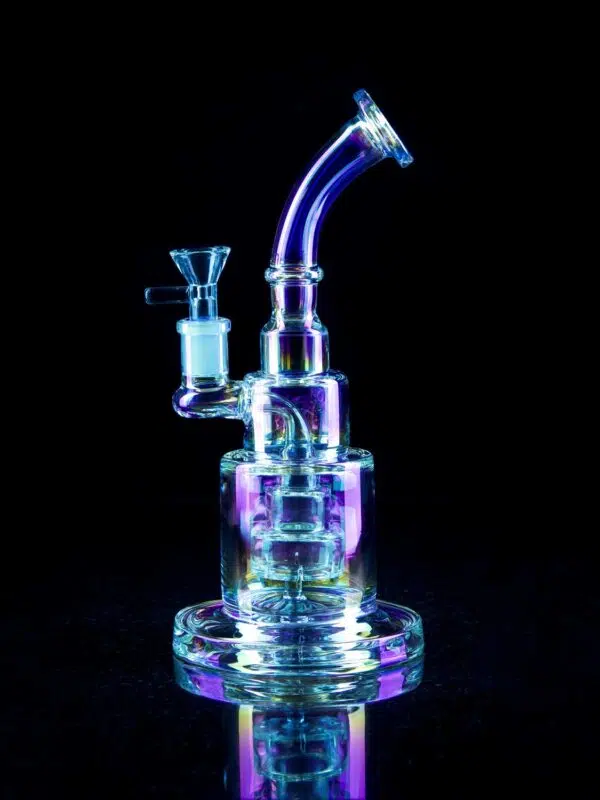
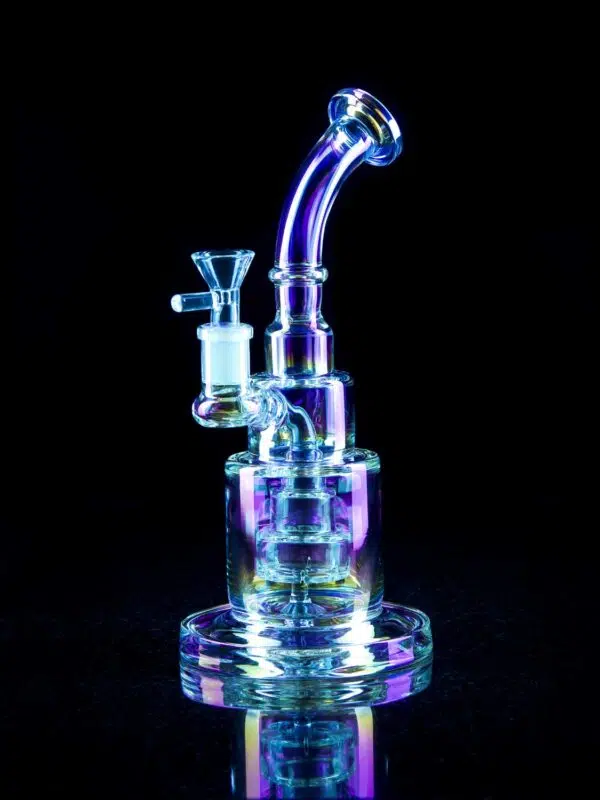
Select options
This product has multiple variants. The options may be chosen on the product page
Cake Iridescent Bong – 8″
Bongs, Cool bongs, Cute Bongs, Glass Bongs, Iridescent Bongs, Mini Bongs, Percolator Bongs, Pretty Bongs, Small bongs, Thick Bongs, Unique Bongs, Iridescent, Valentine's Day
Original price was: $99.00.$79.00Current price is: $79.00.
Holographic Bong Recycler – 9″
Bongs, Cool bongs, Cute Bongs, Glass Bongs, Iridescent Bongs, Percolator Bongs, Pretty Bongs, Recycler Bongs, Thick Bongs, Unique Bongs, Christmas, Valentine's Day
Original price was: $89.00.$79.00Current price is: $79.00.

